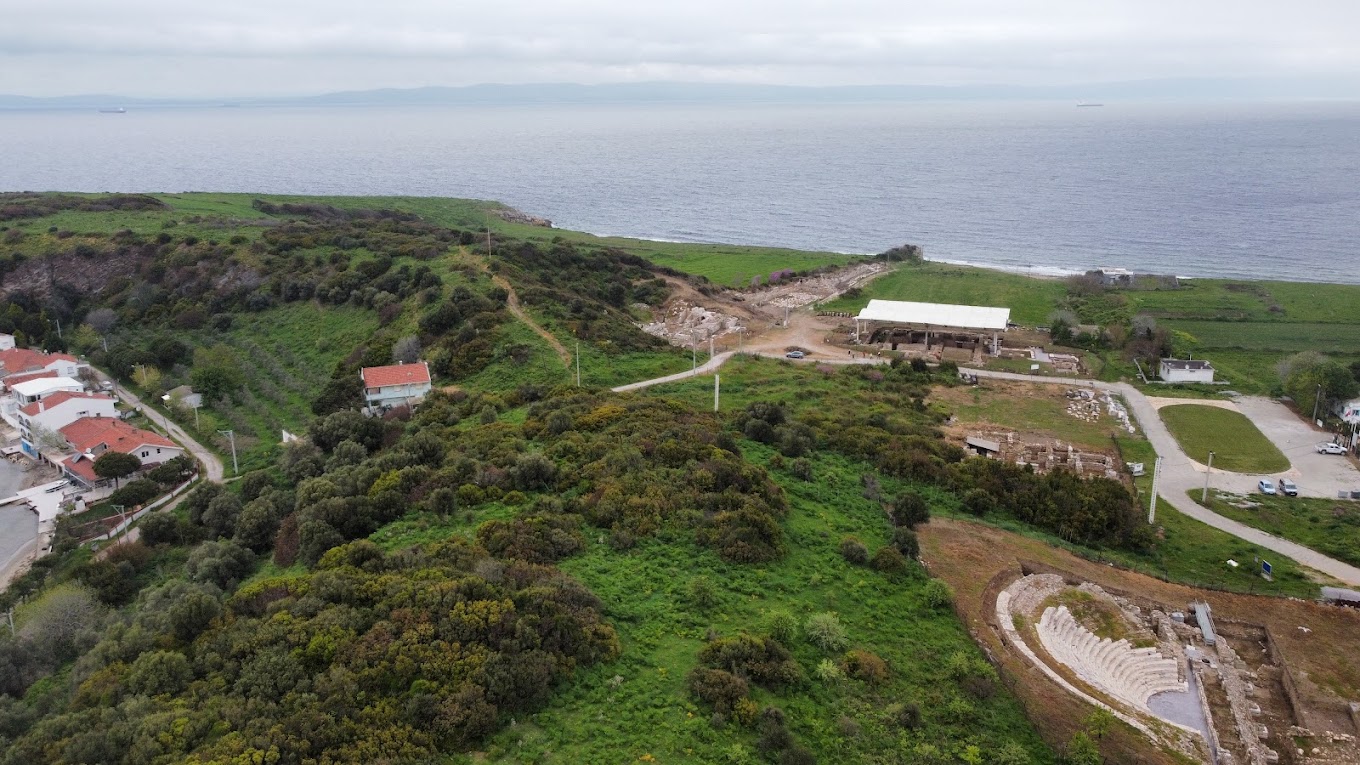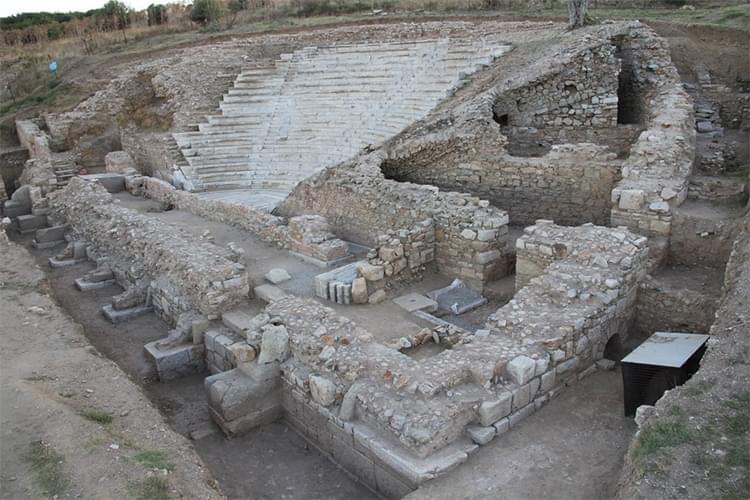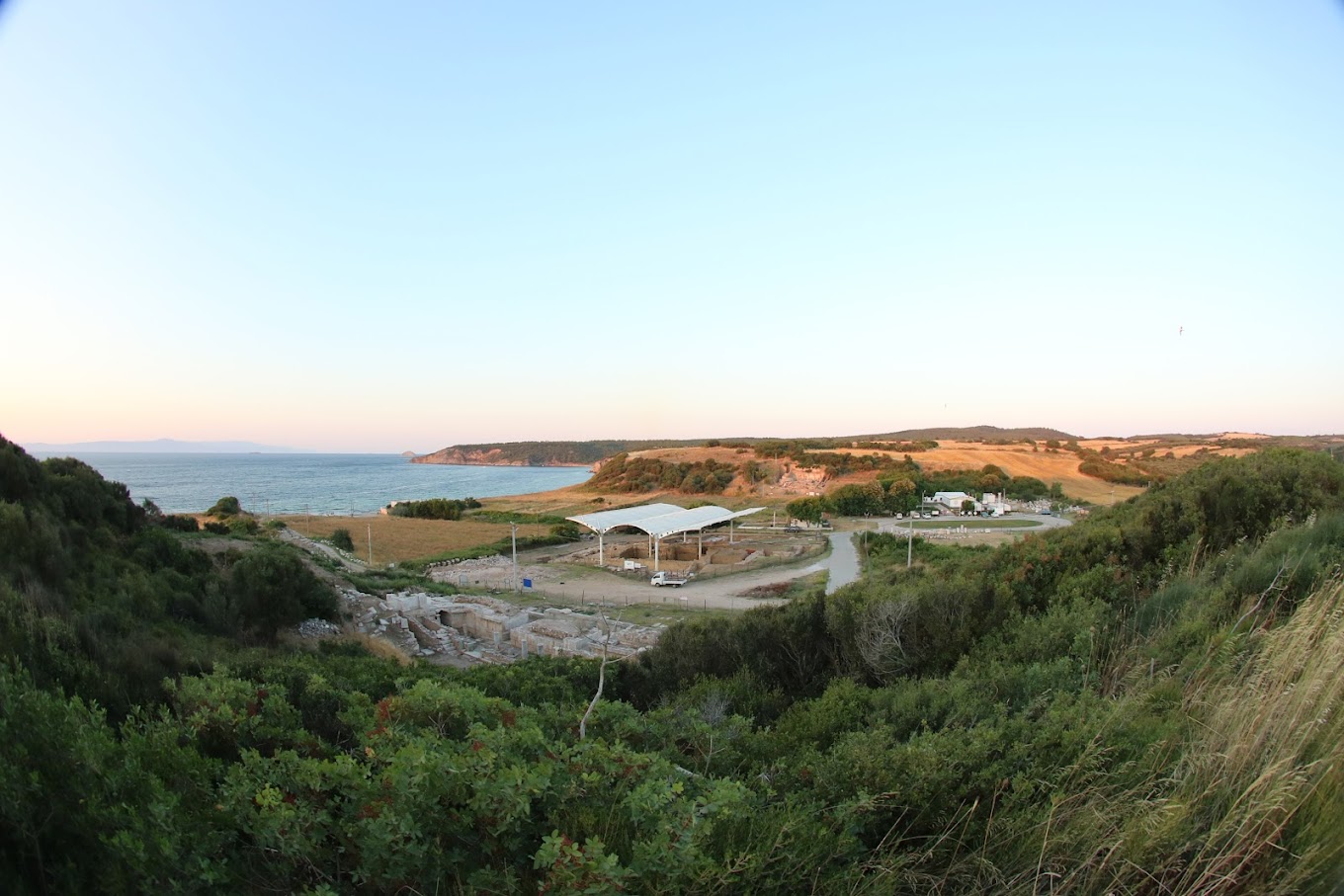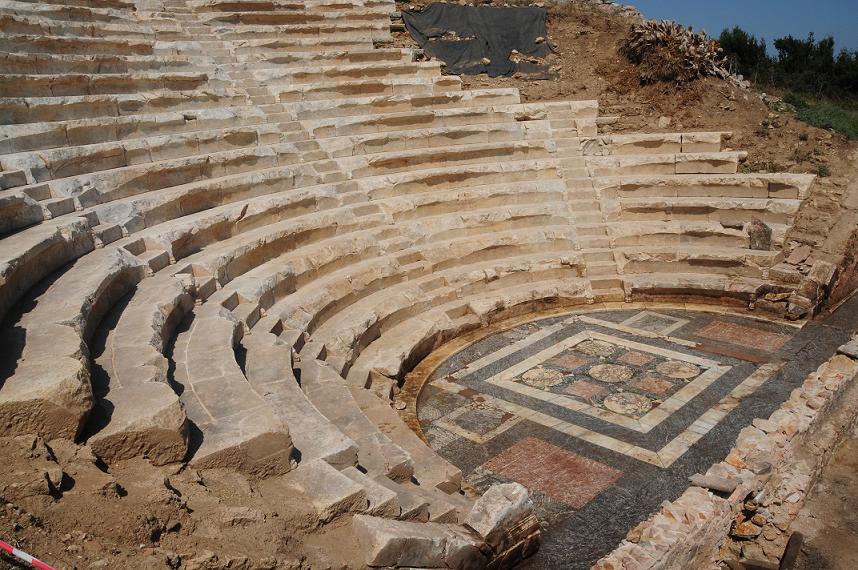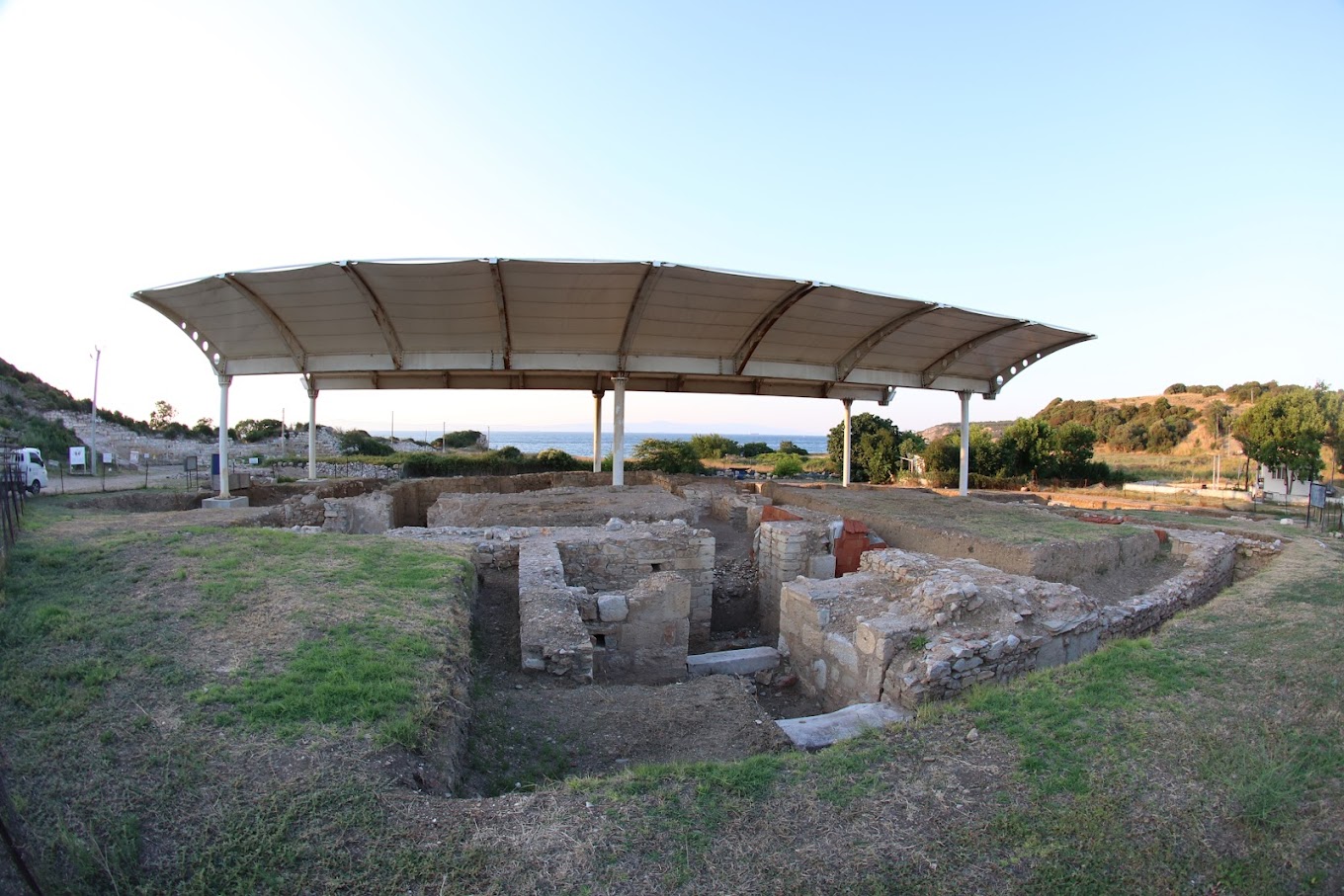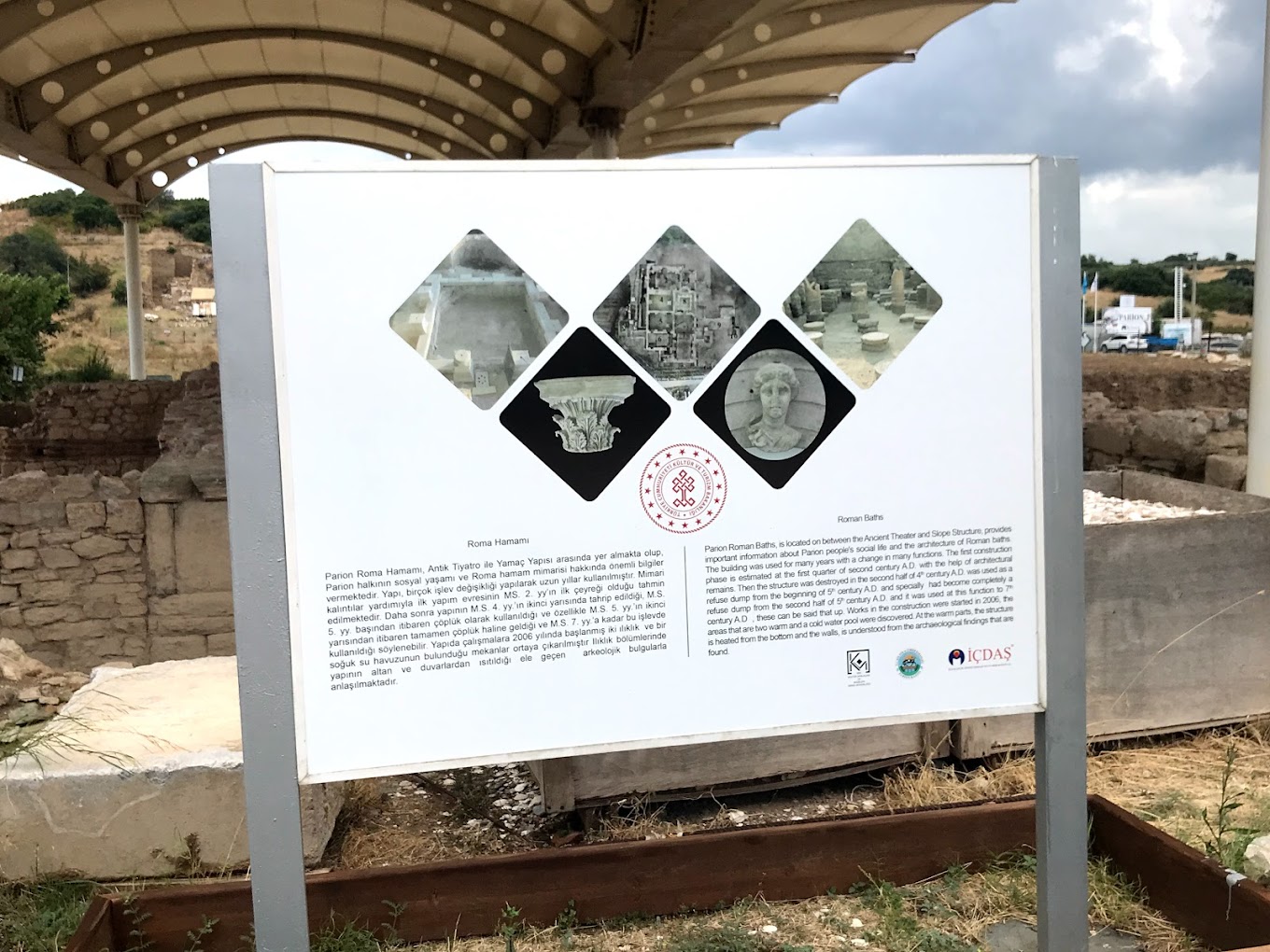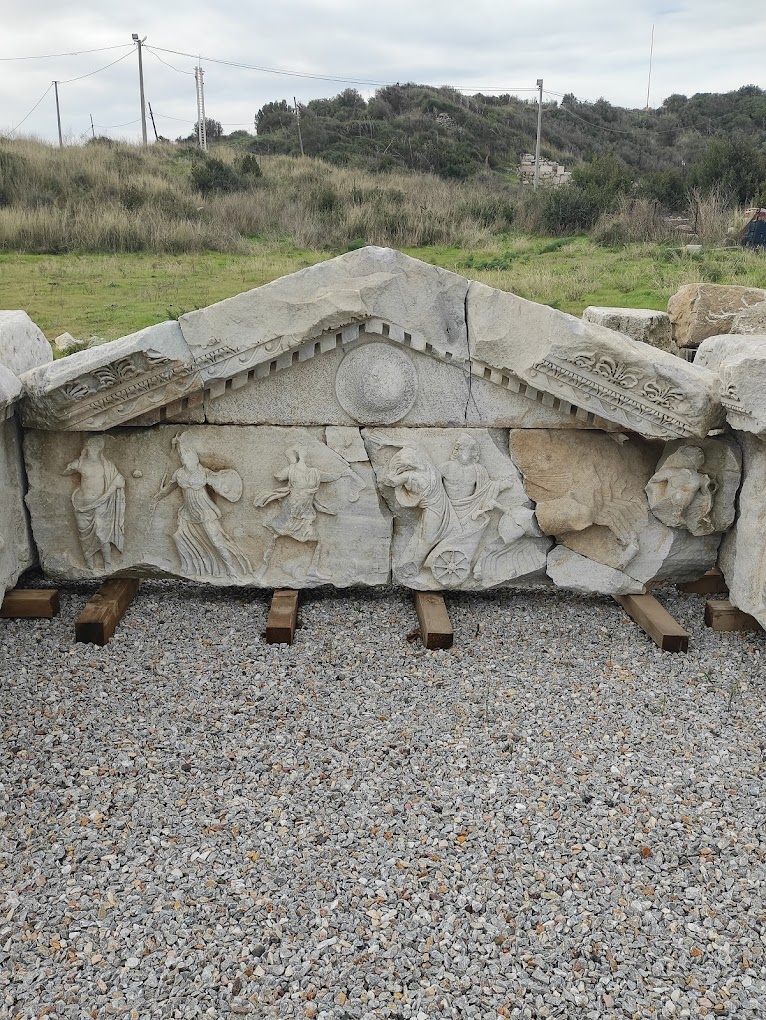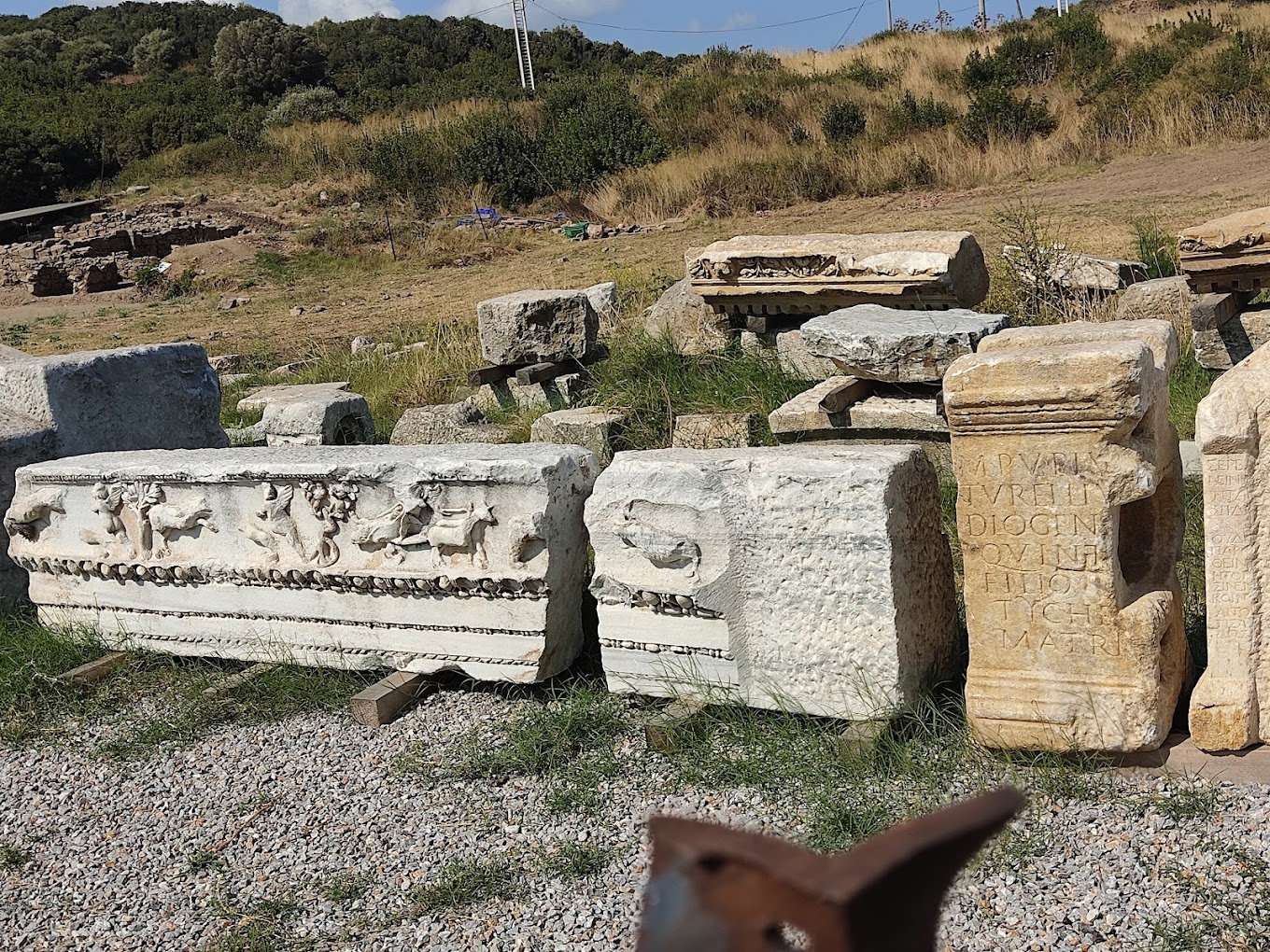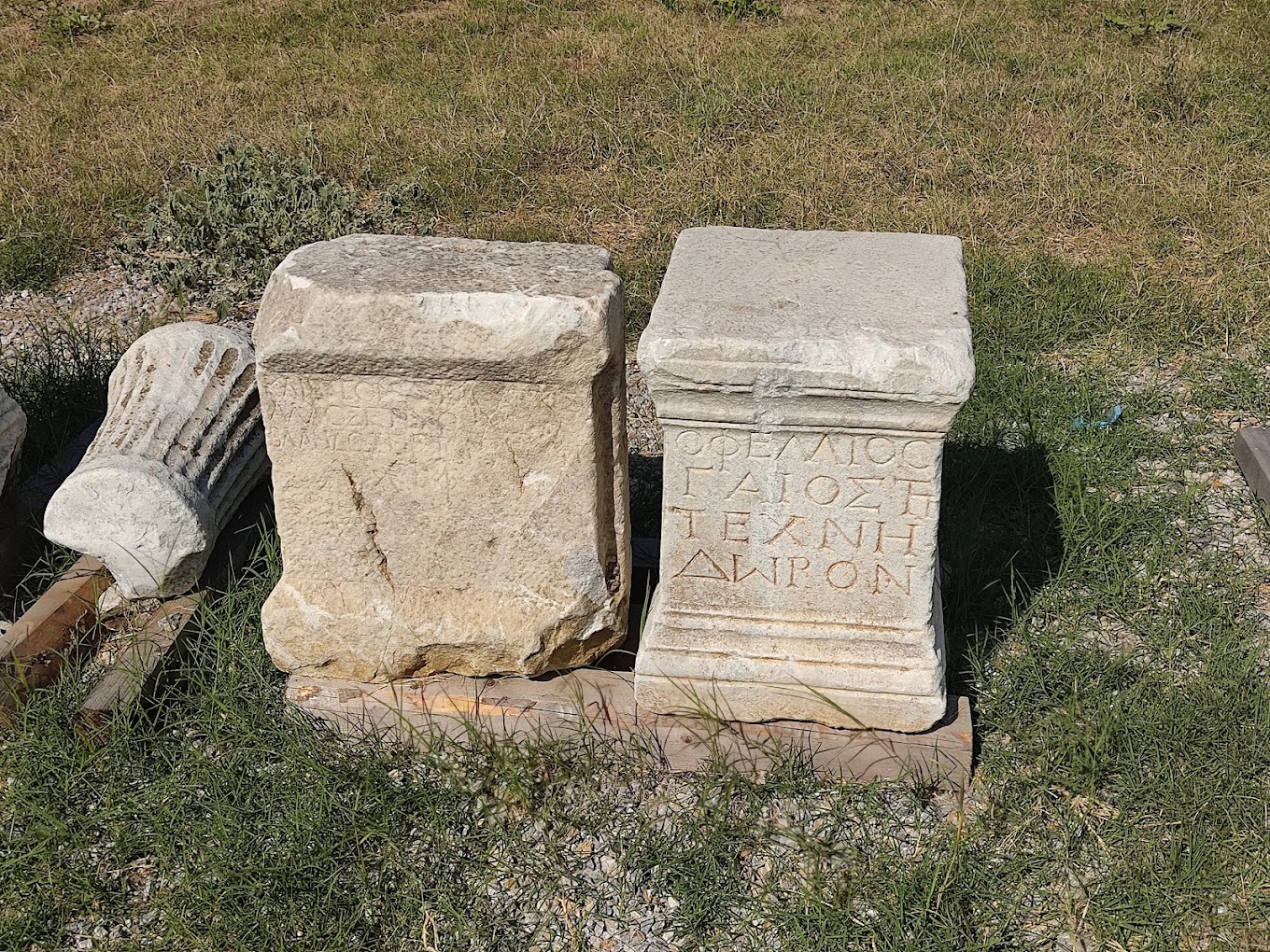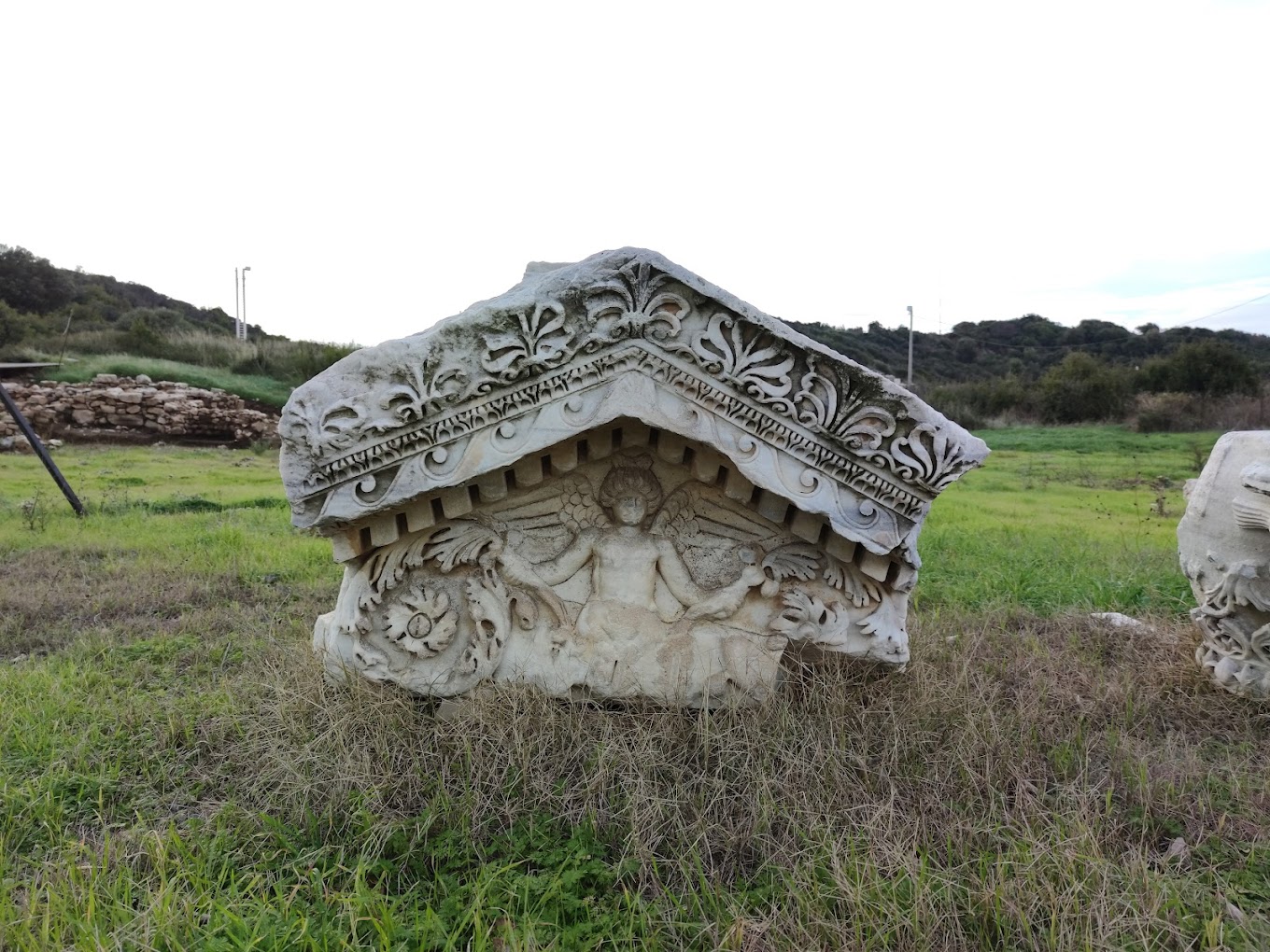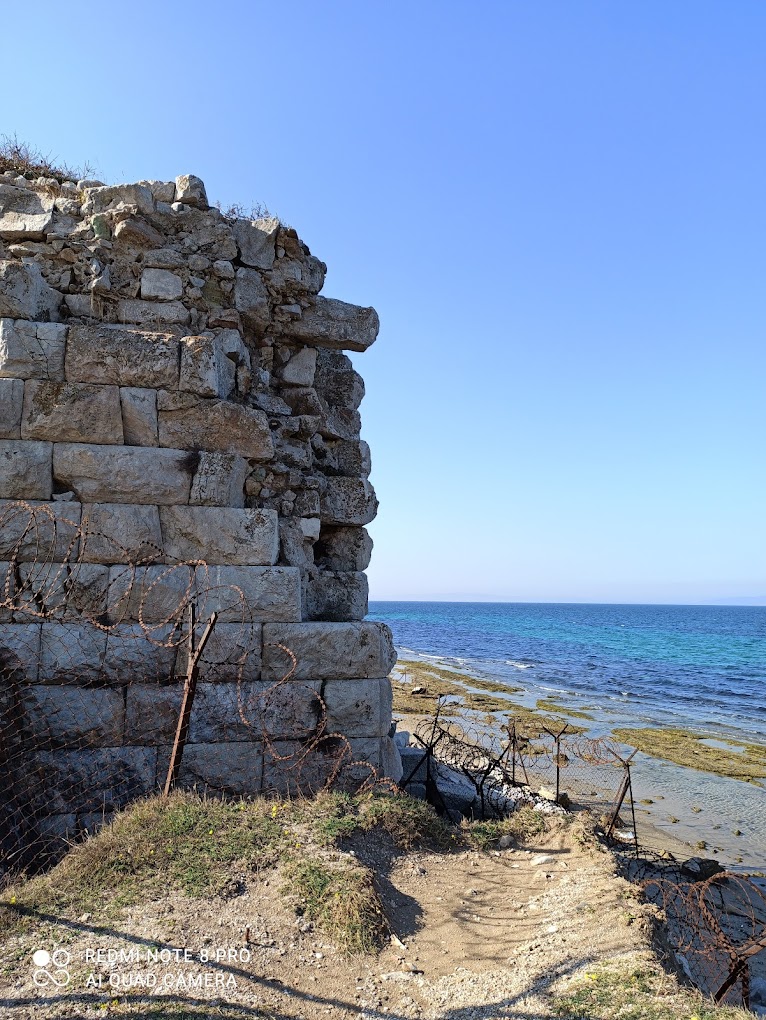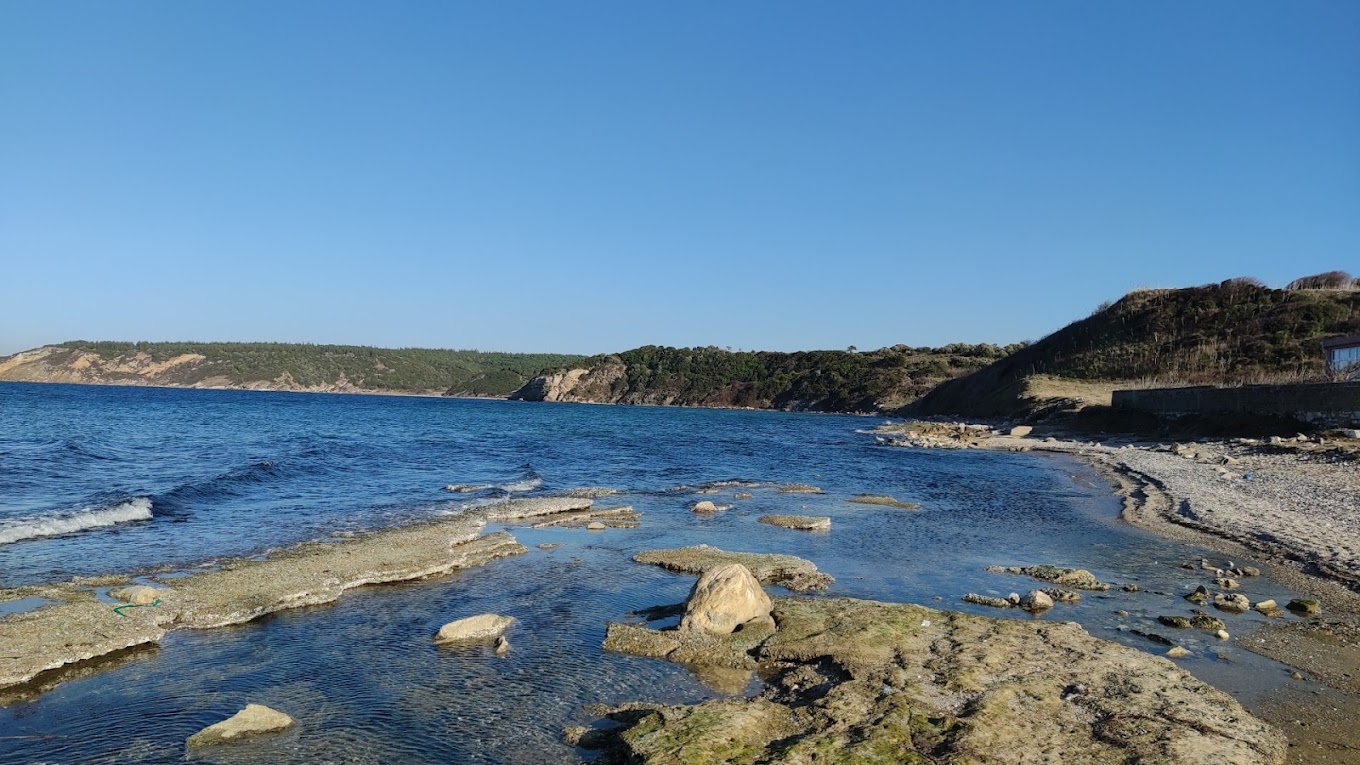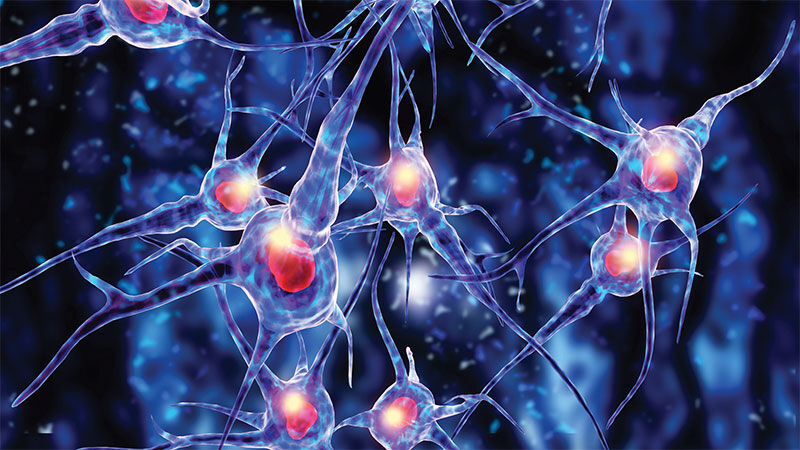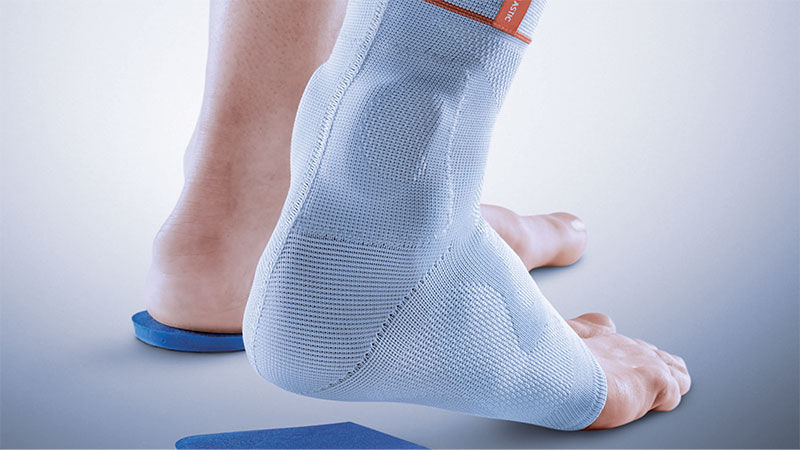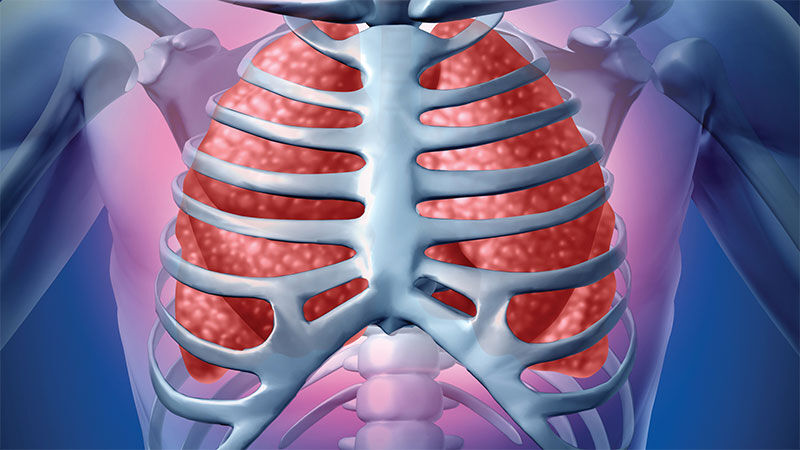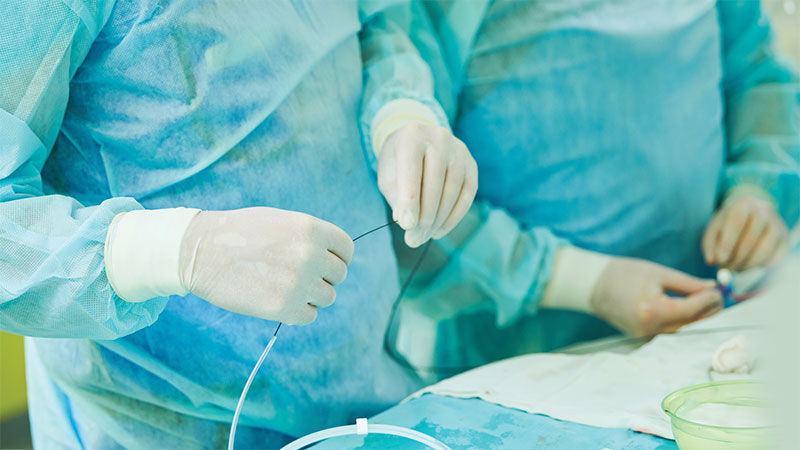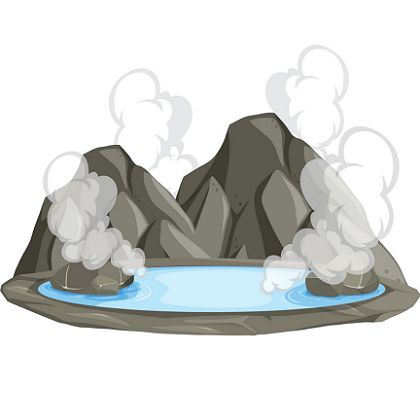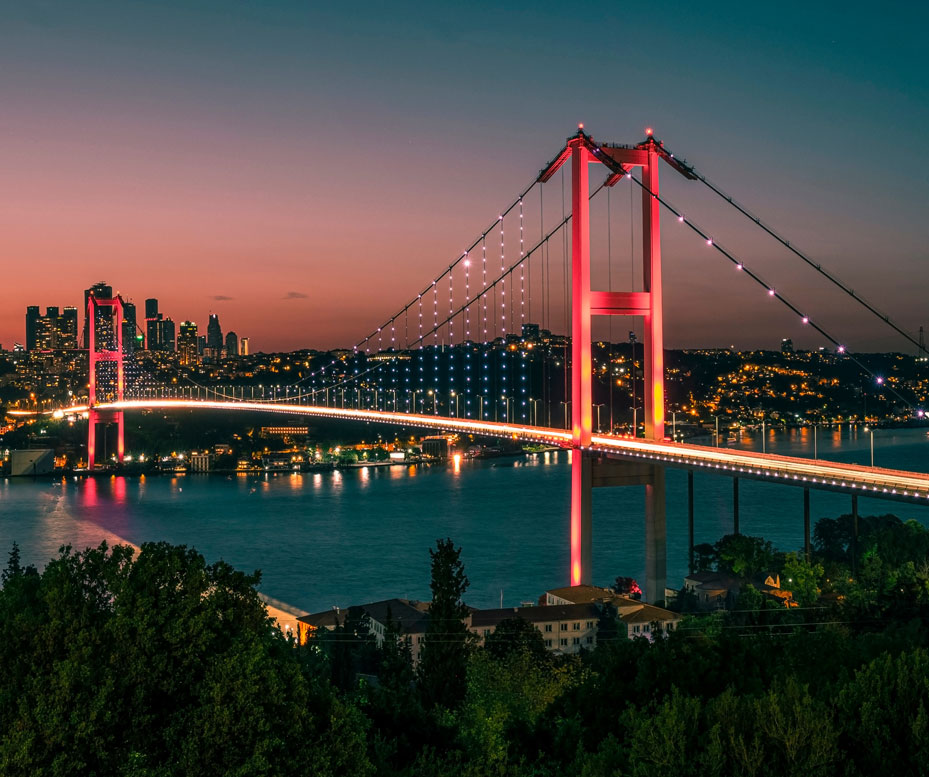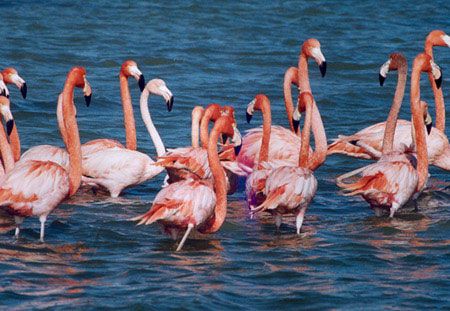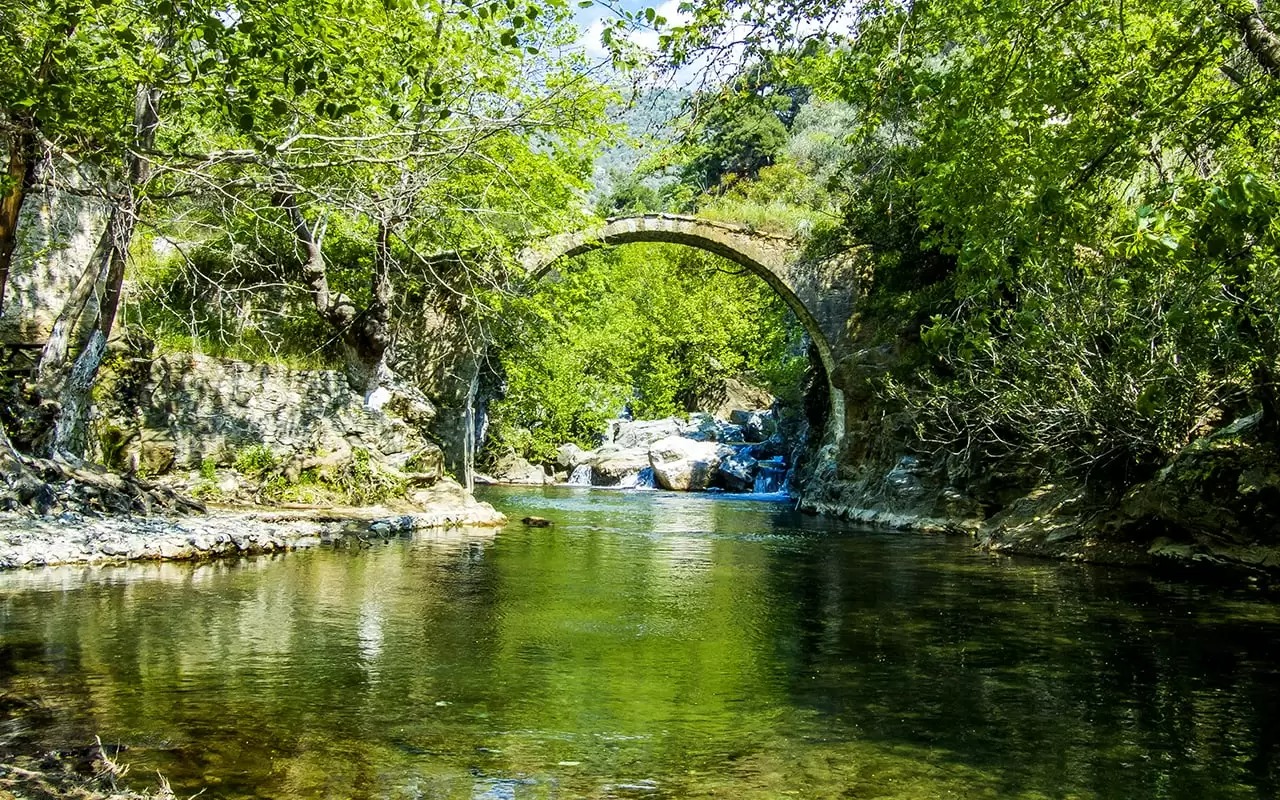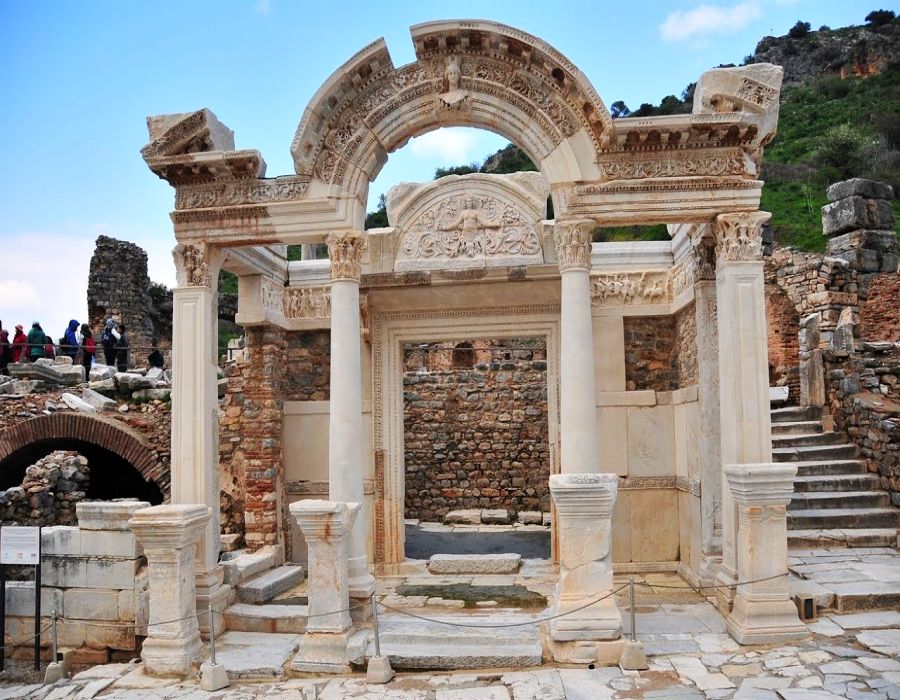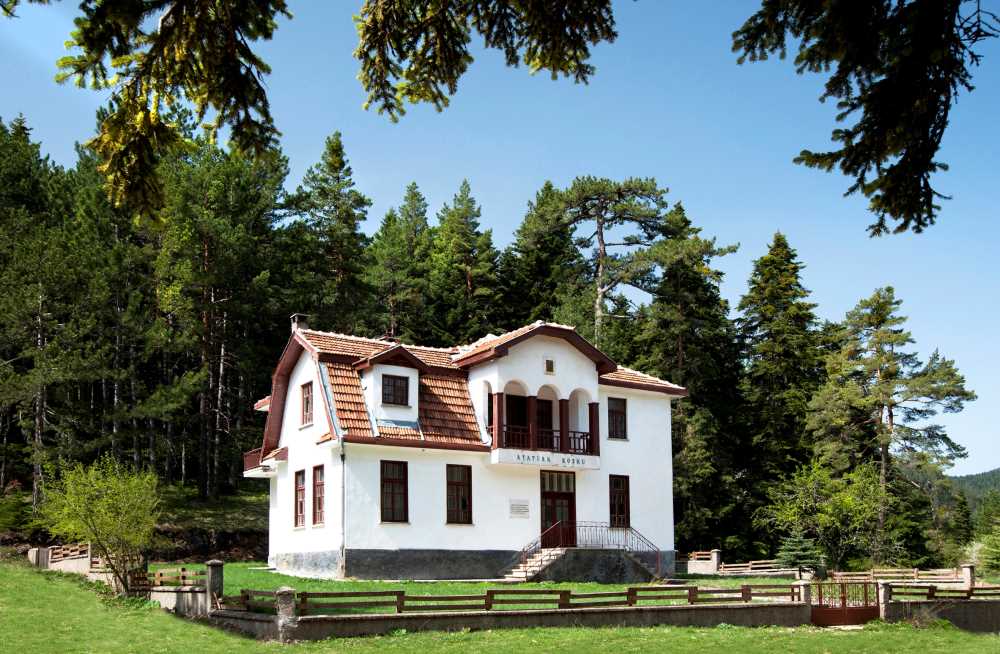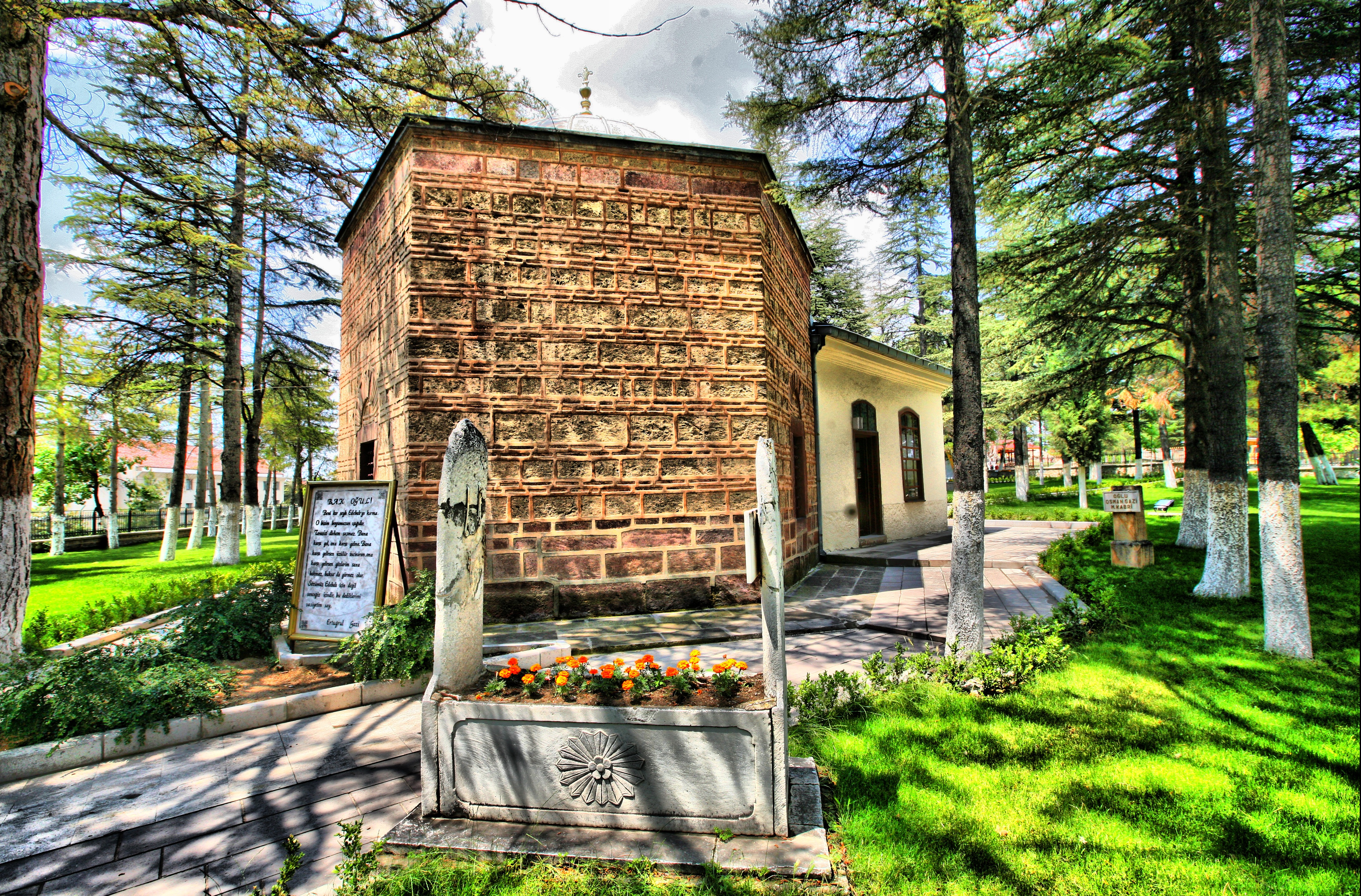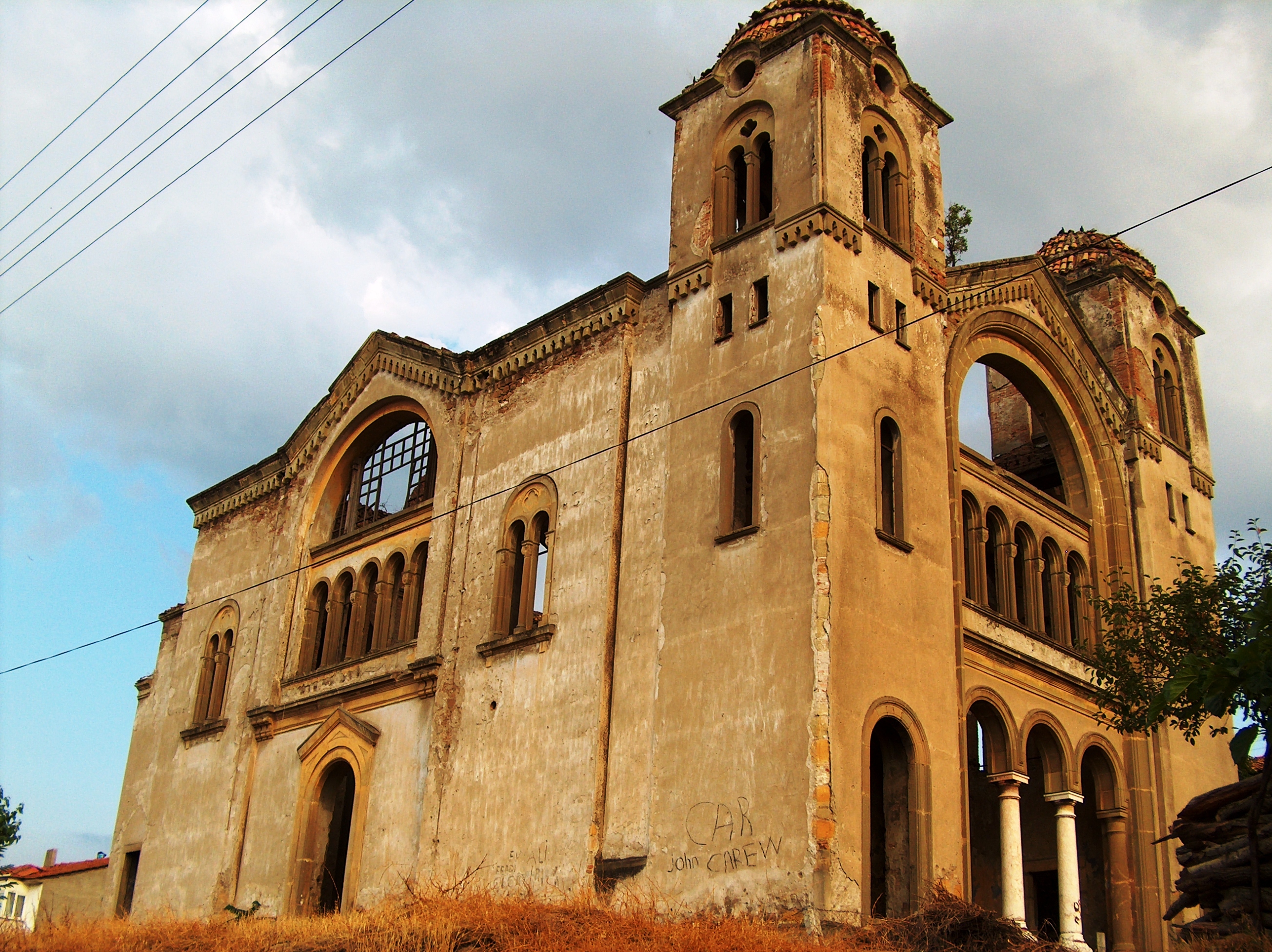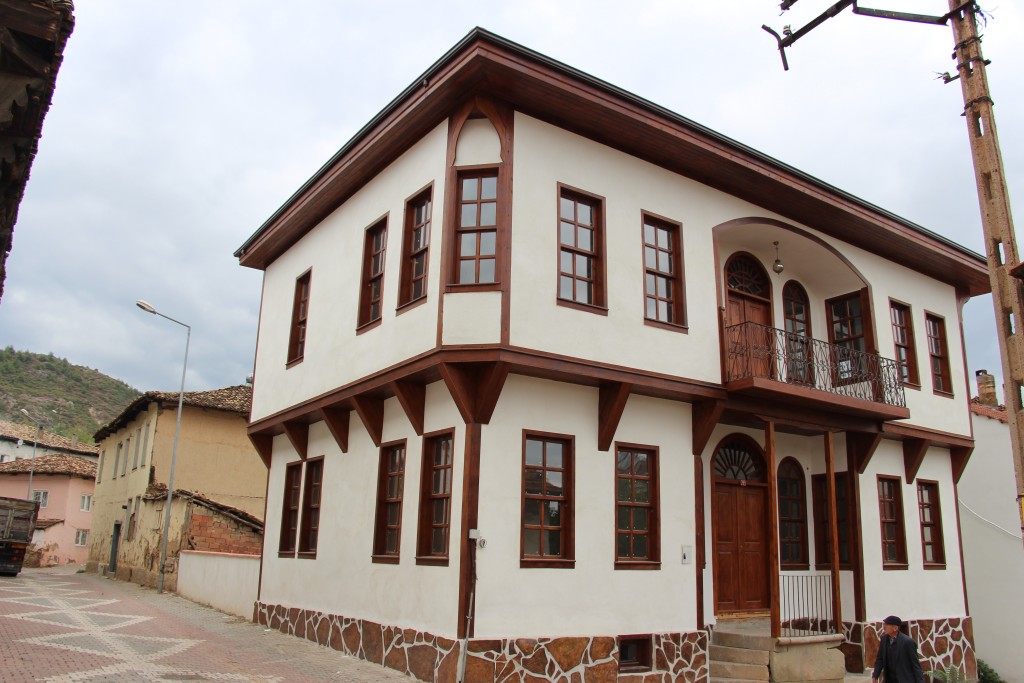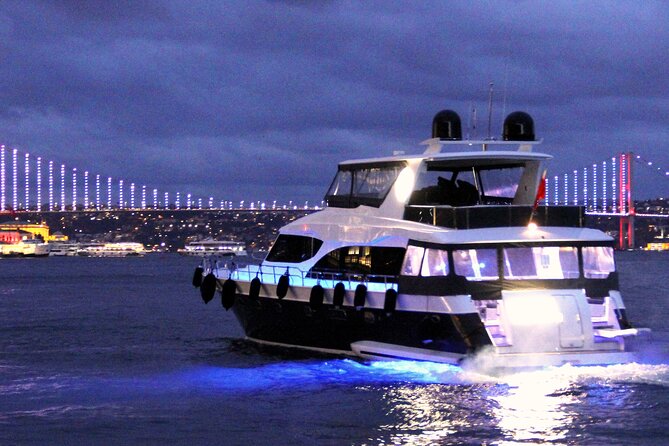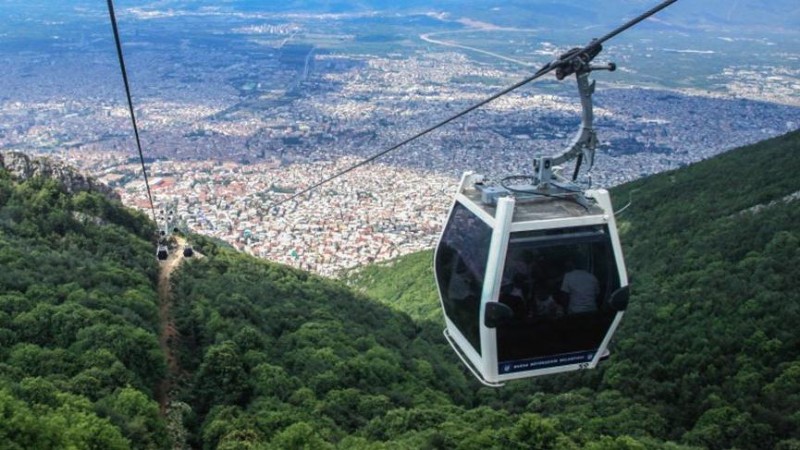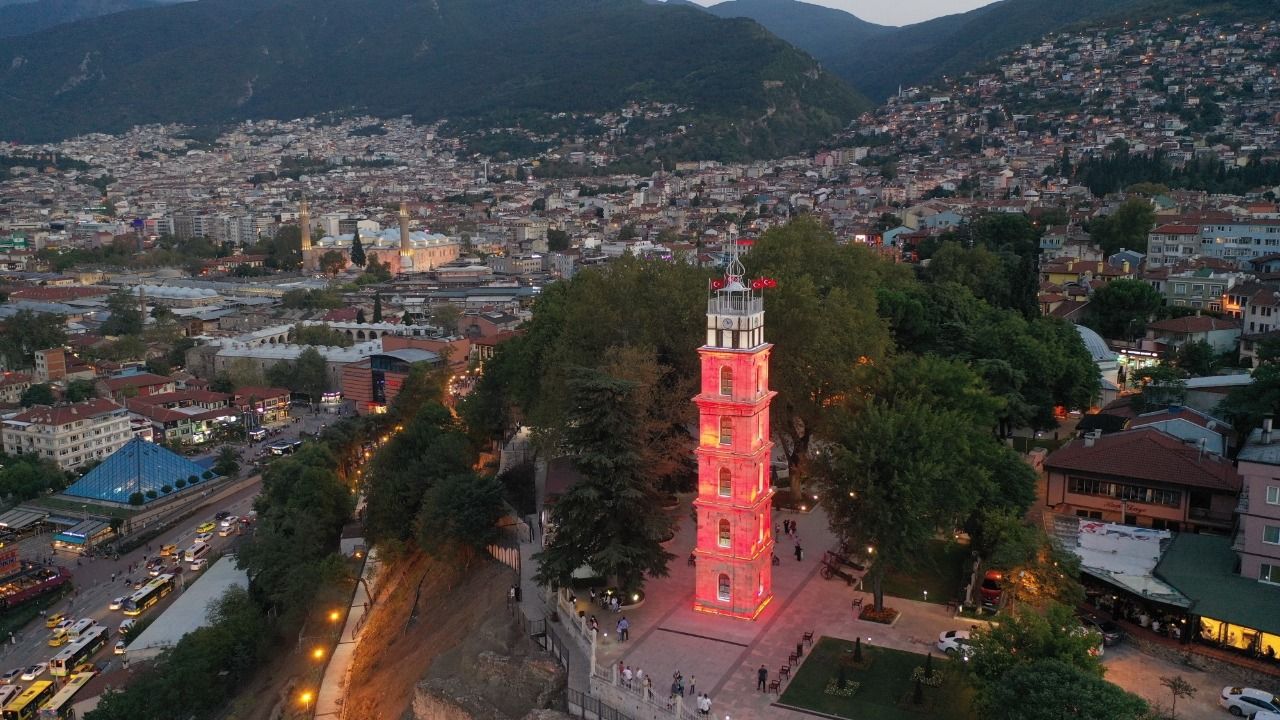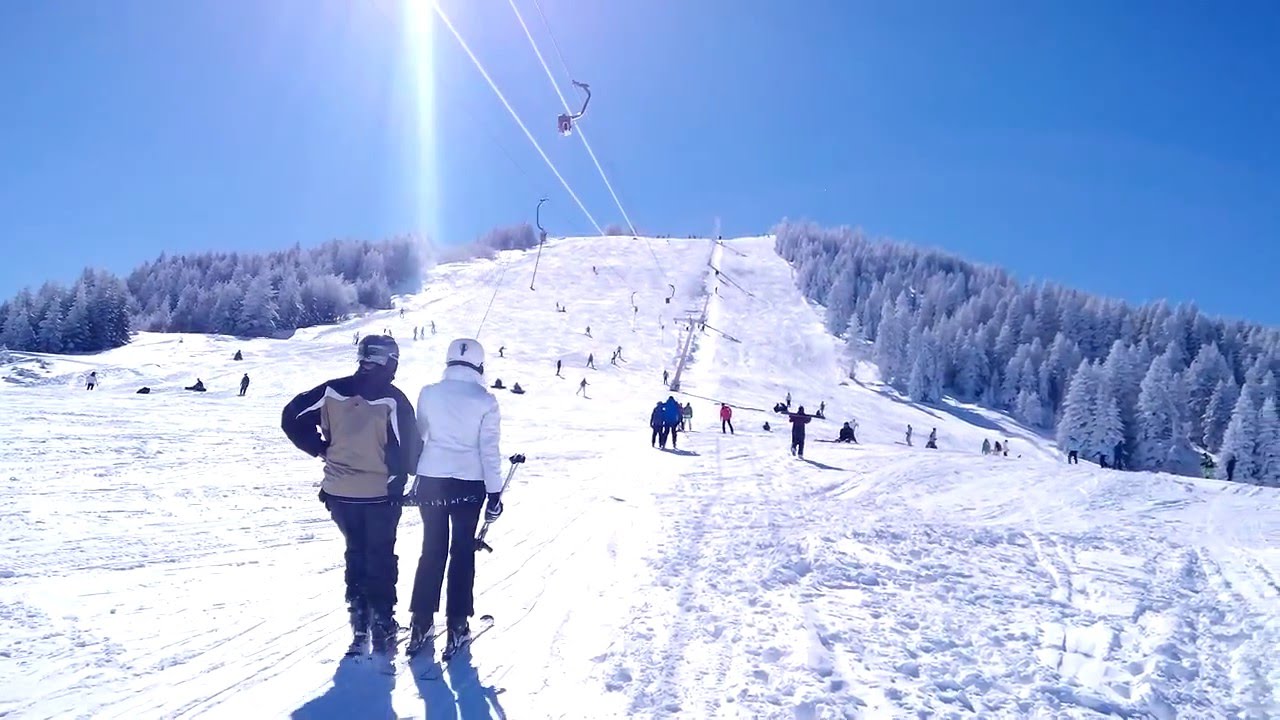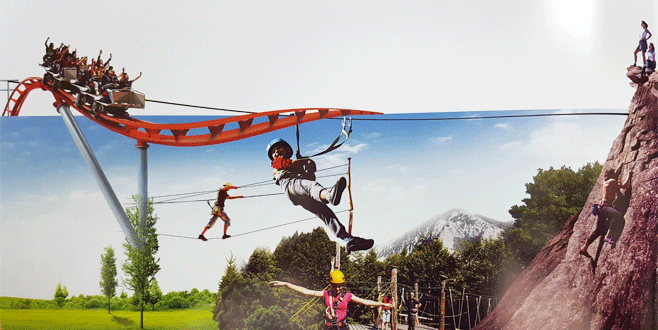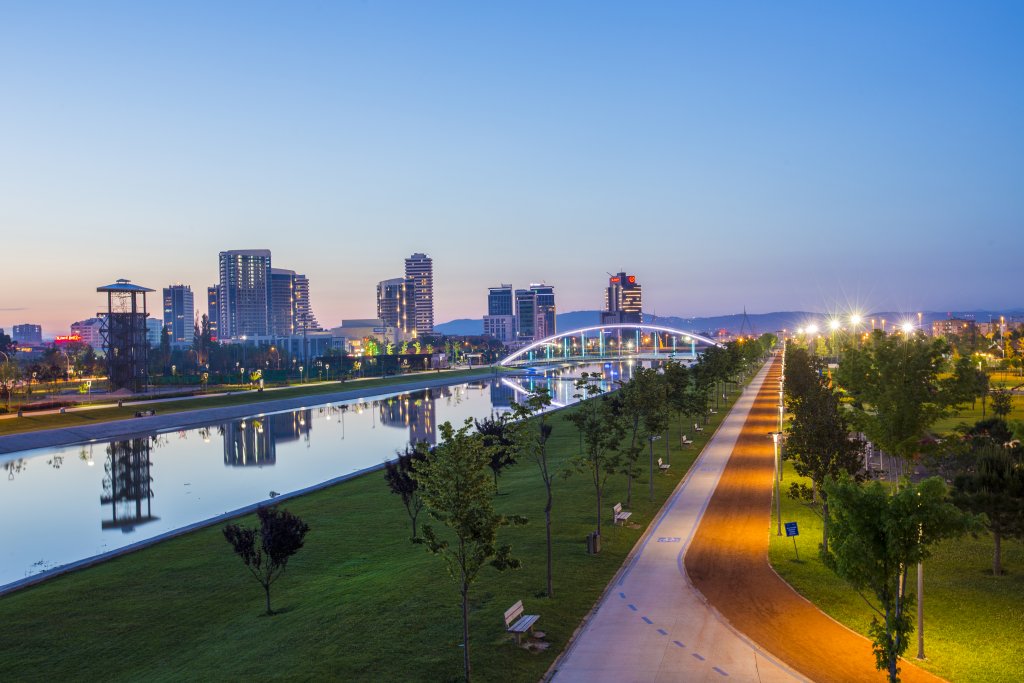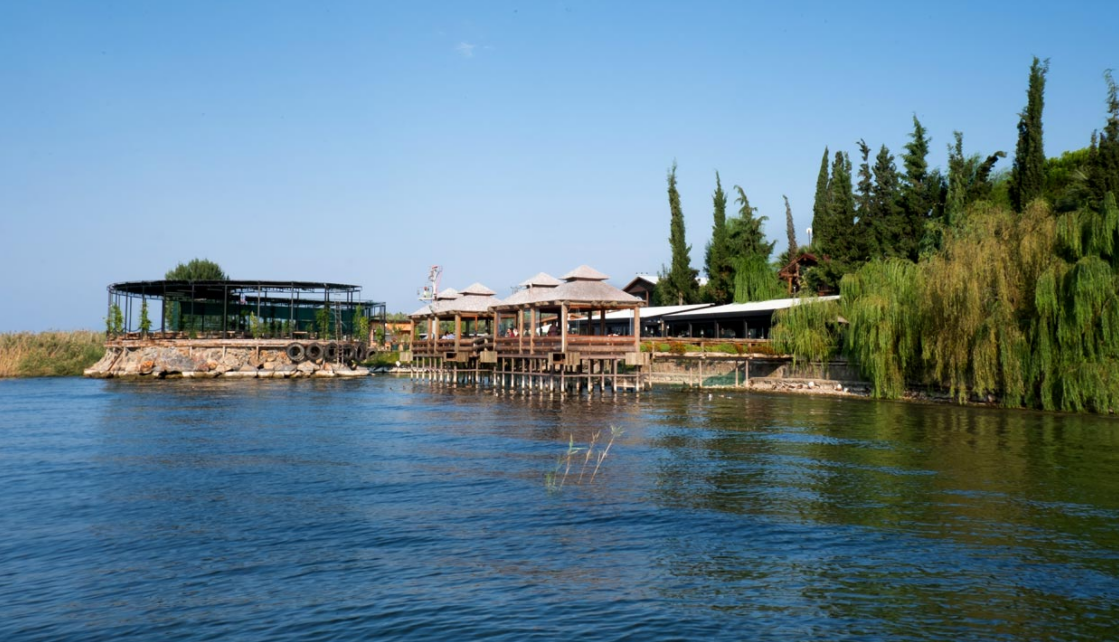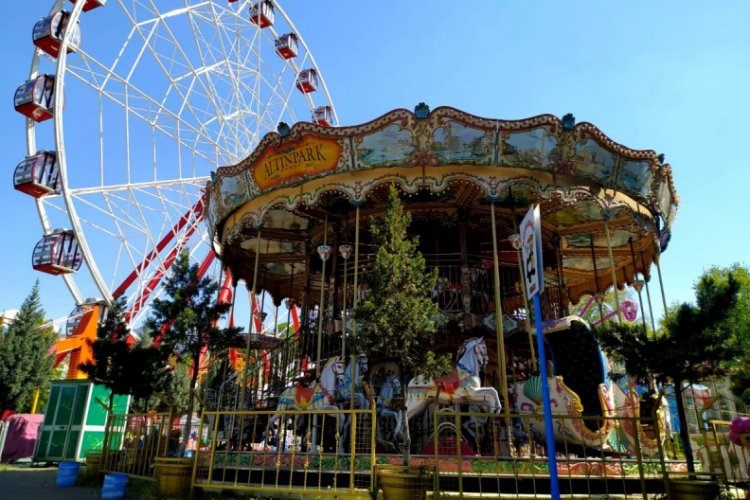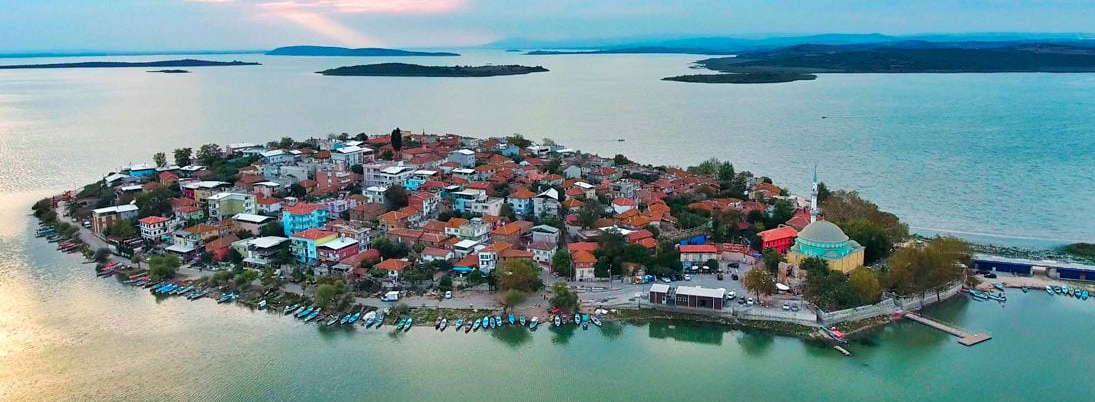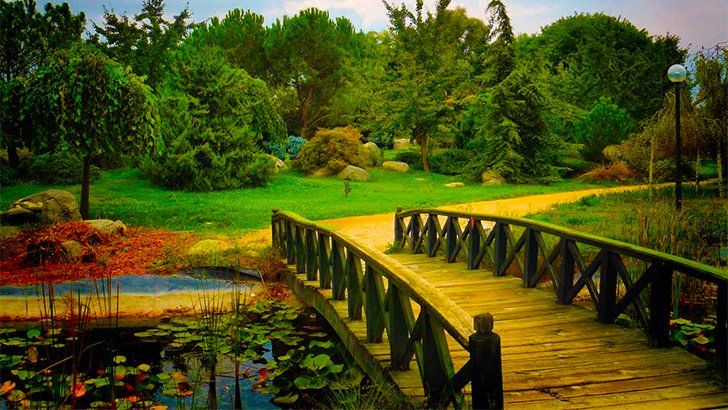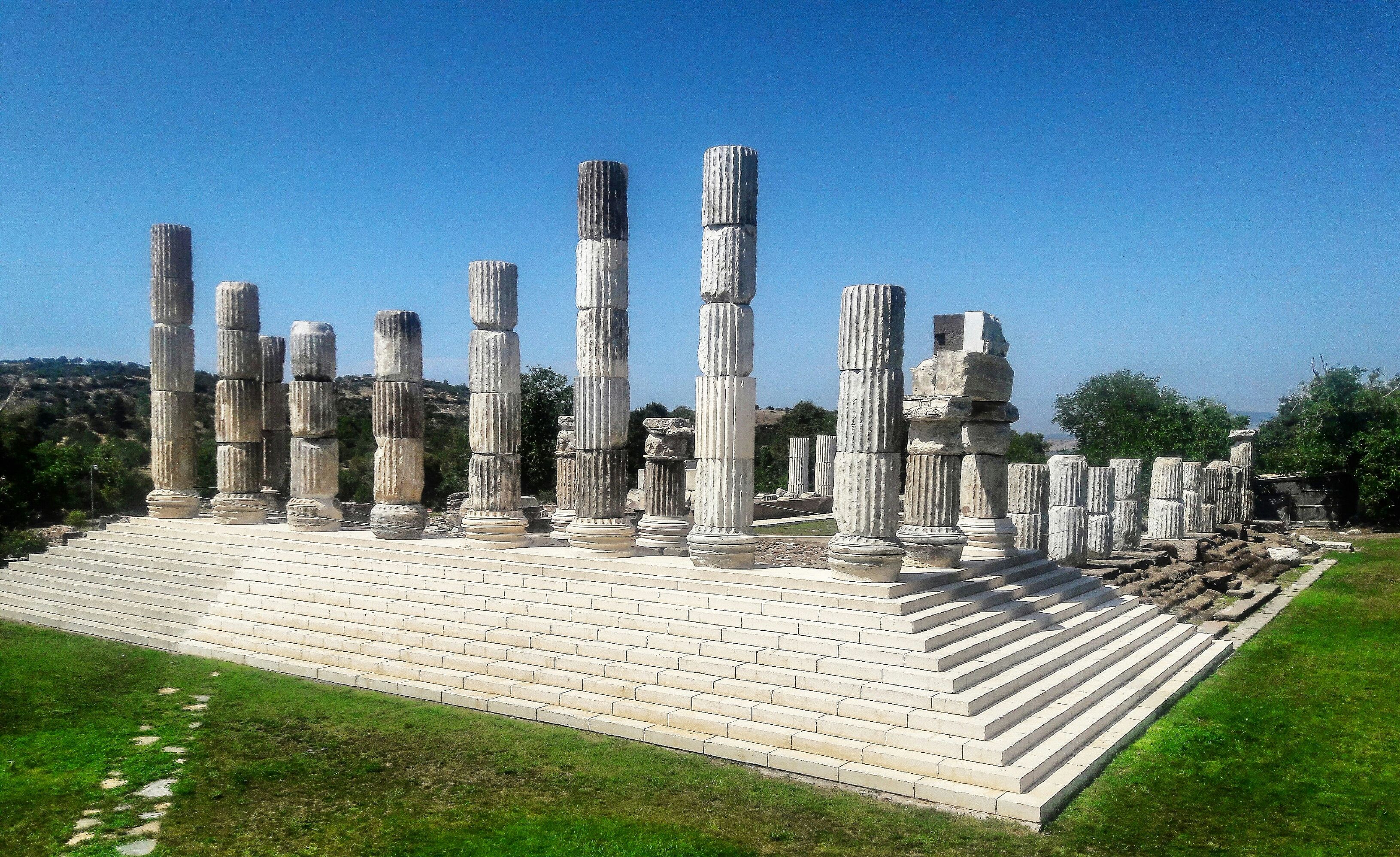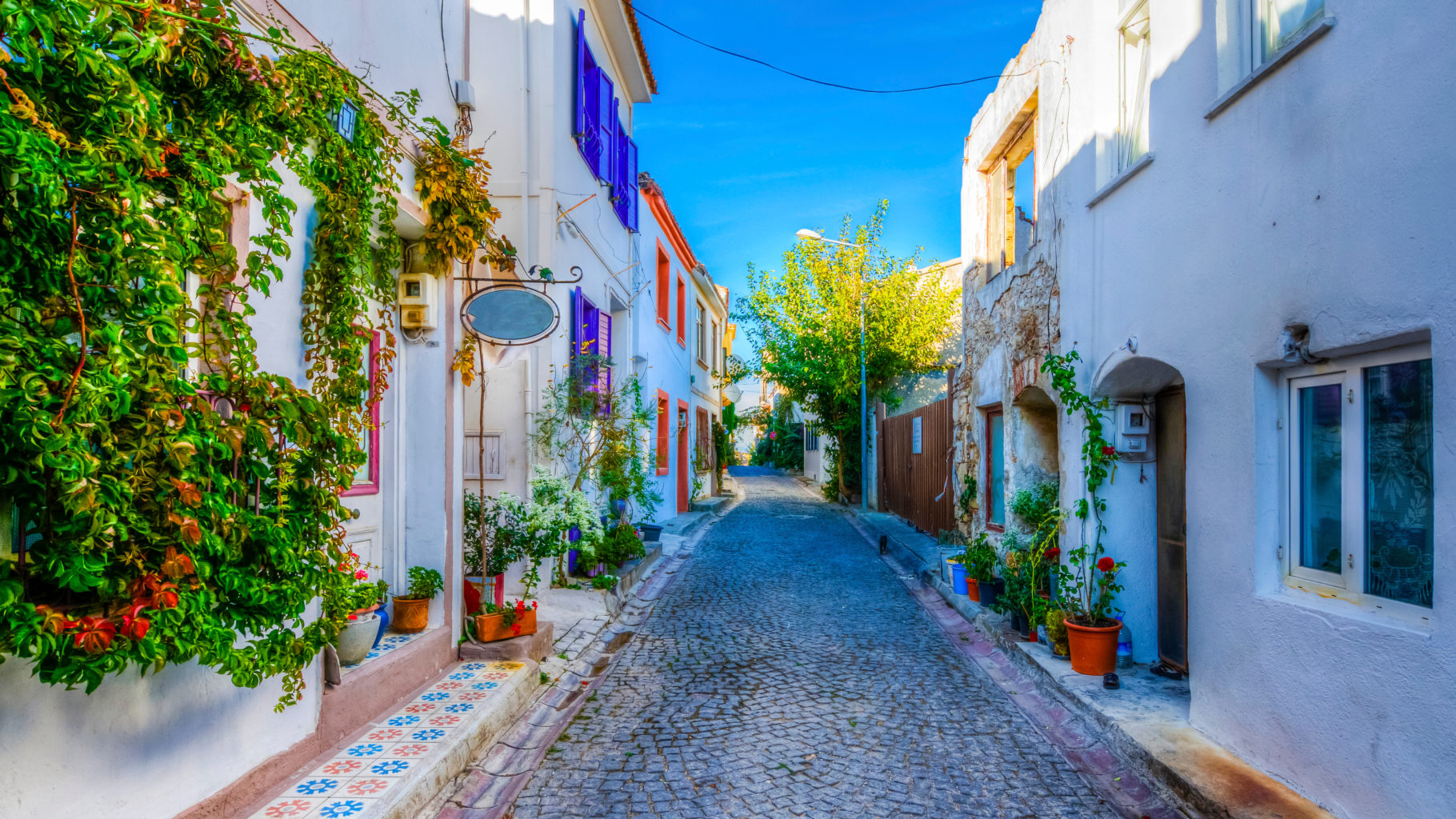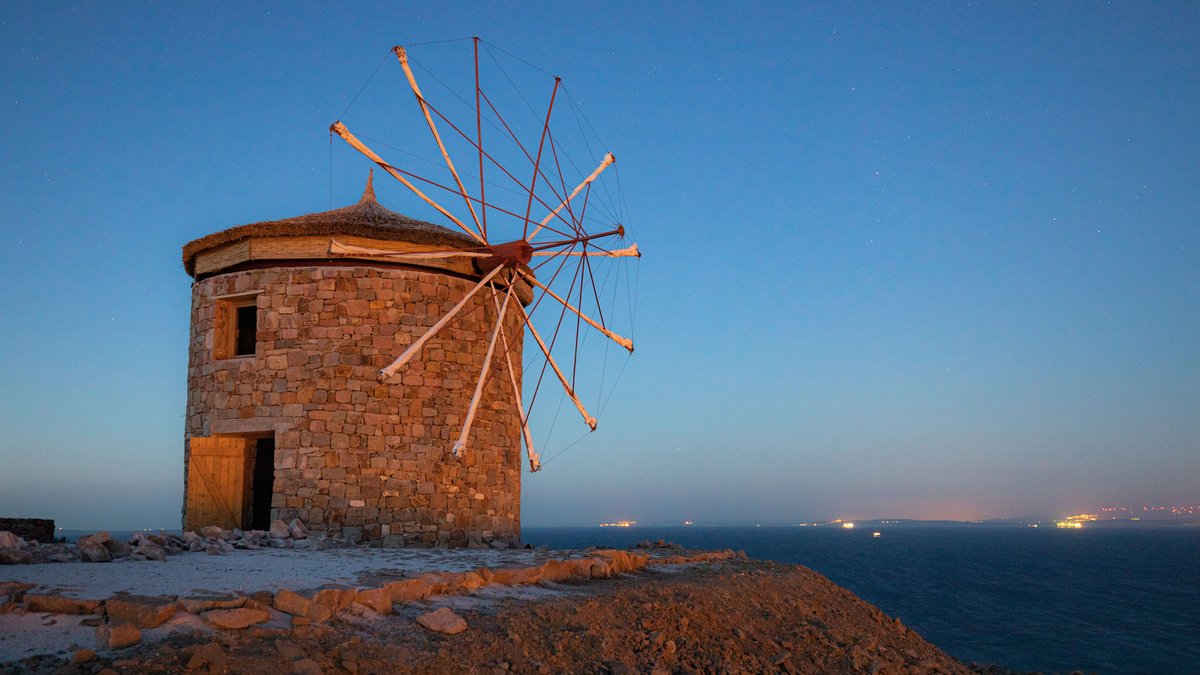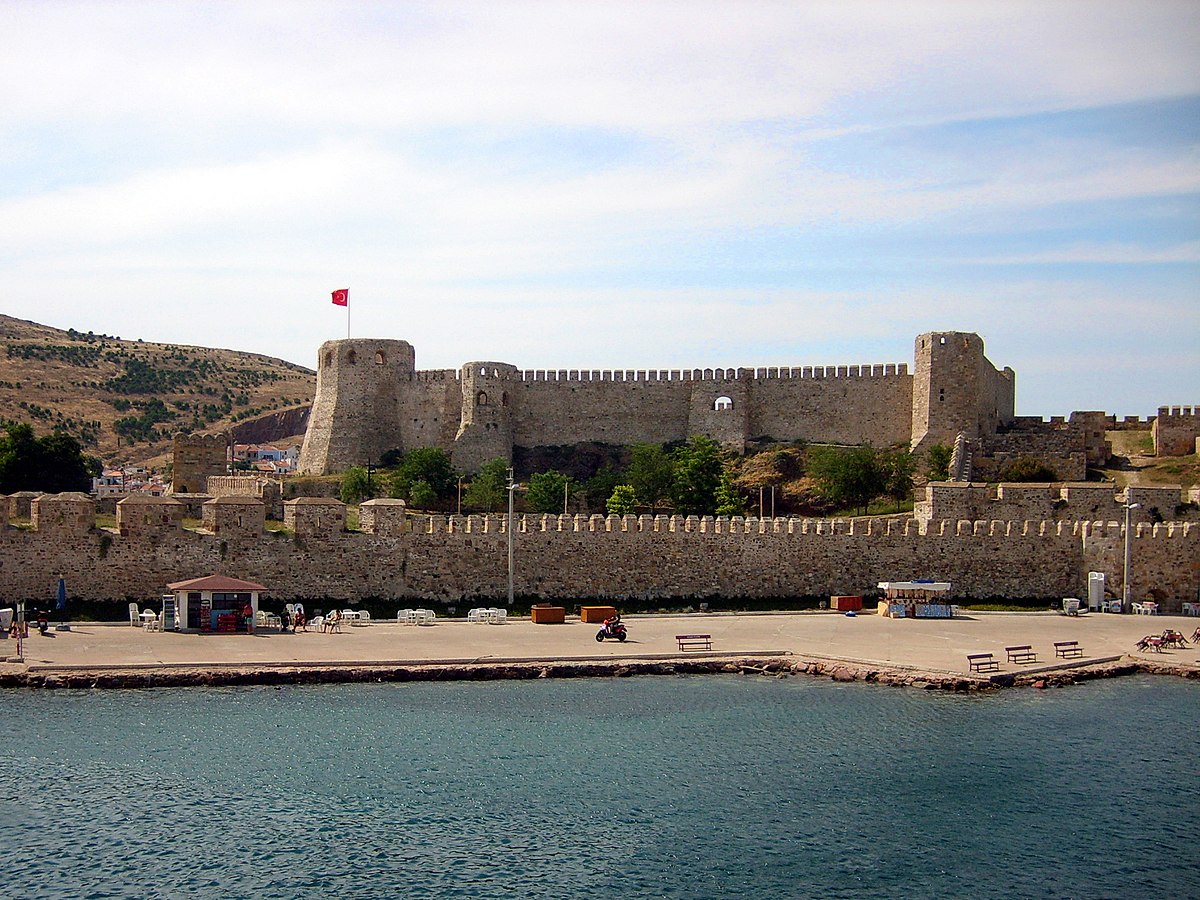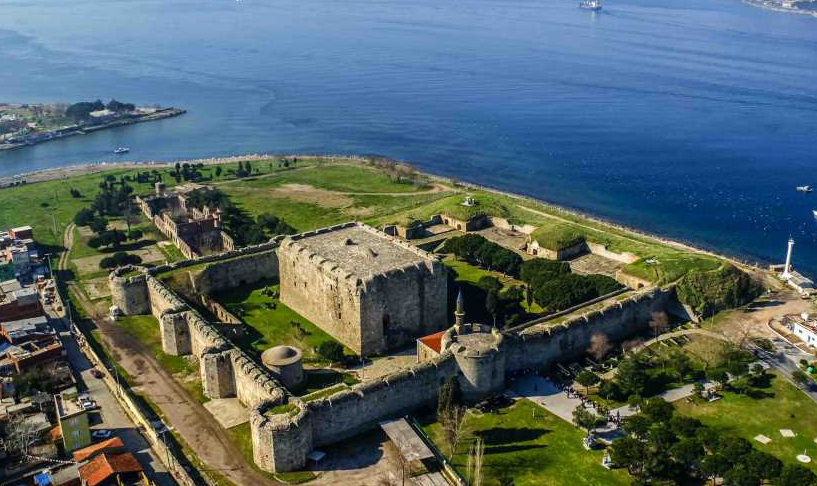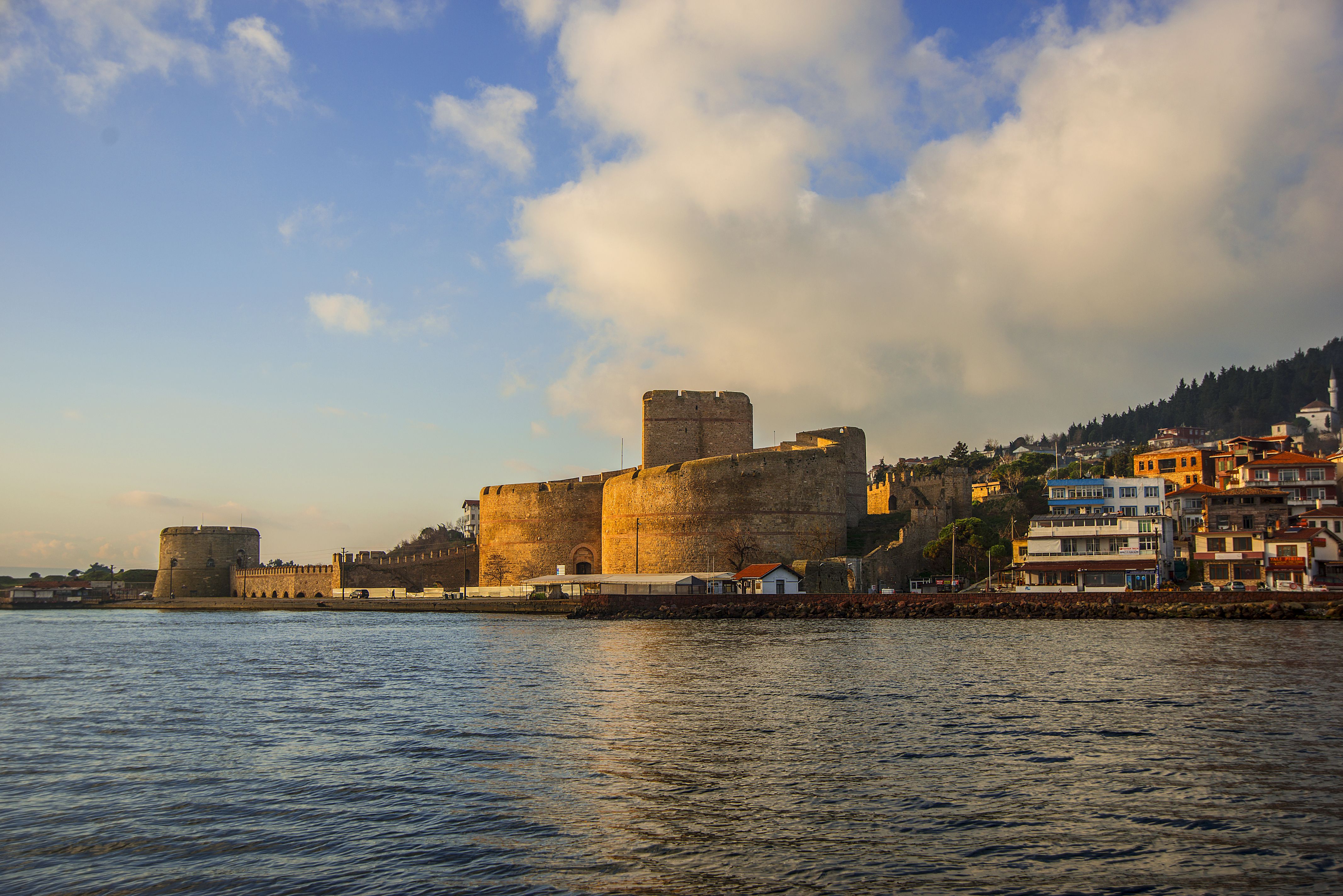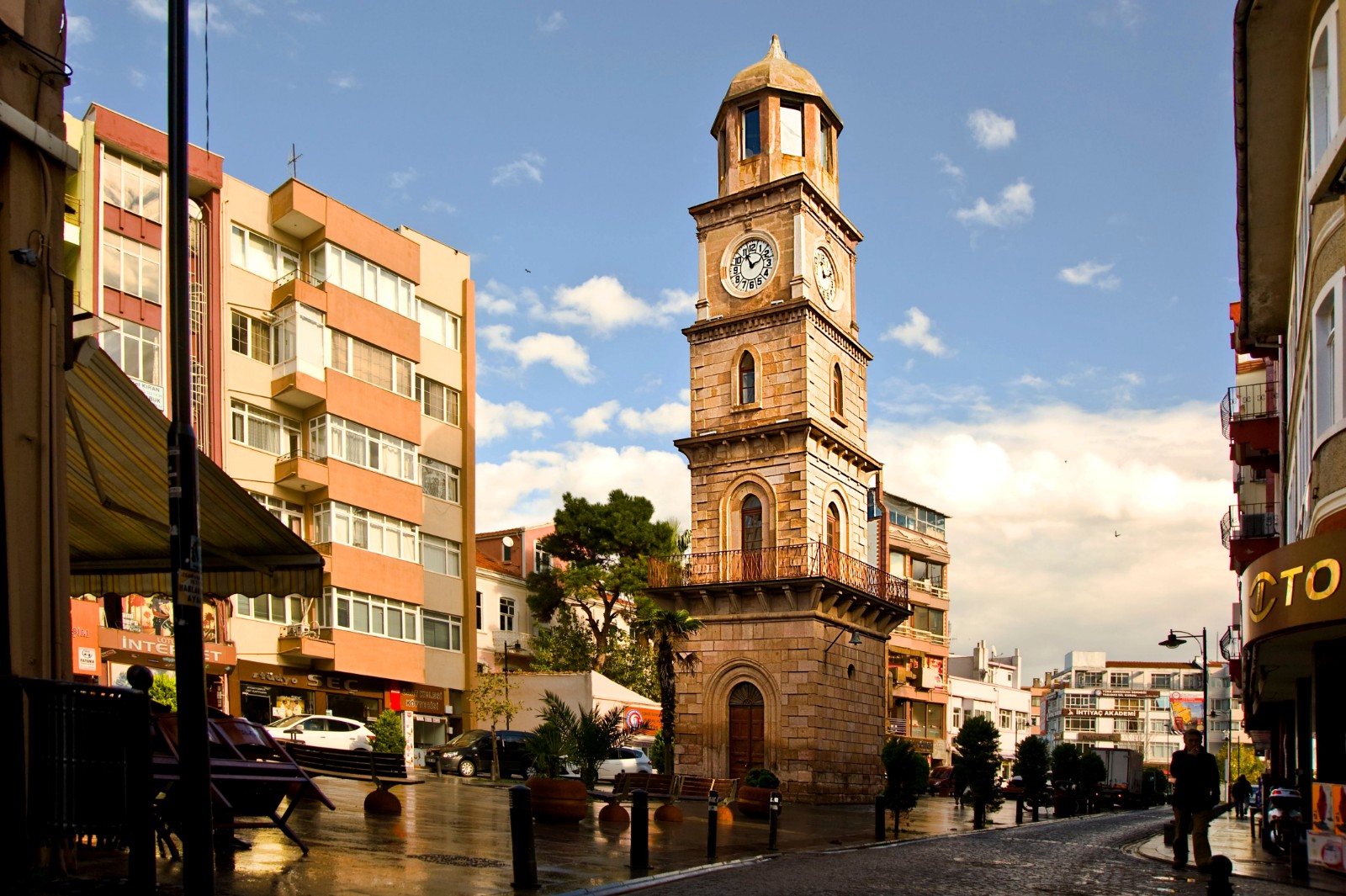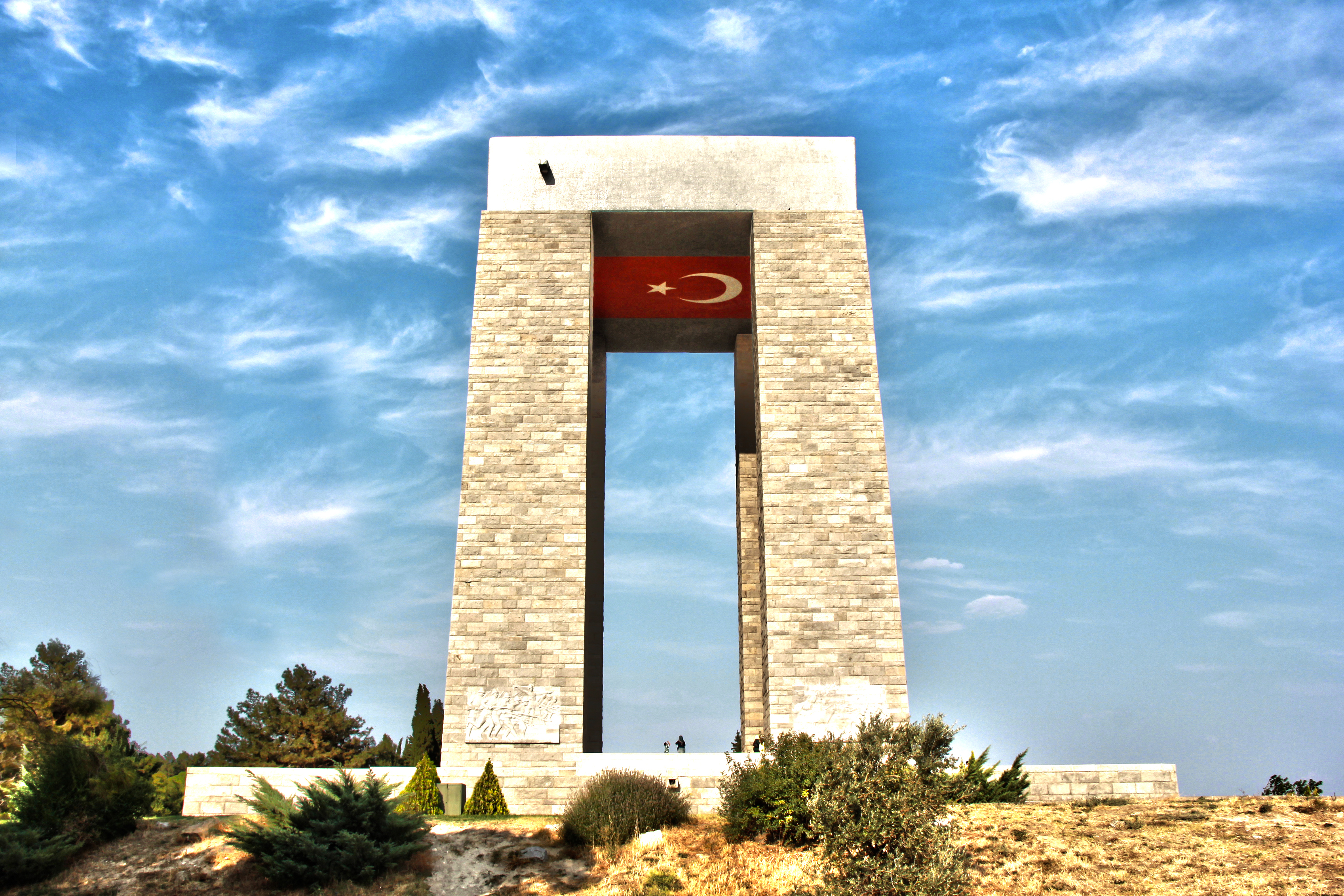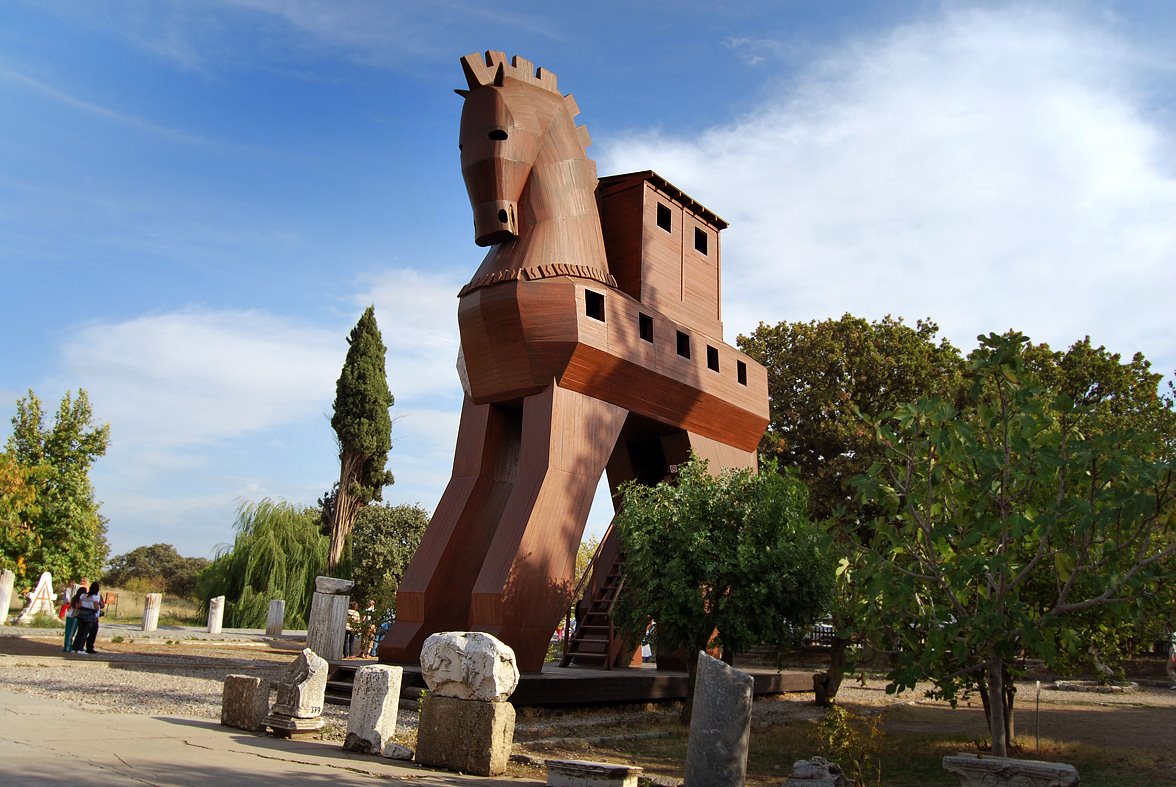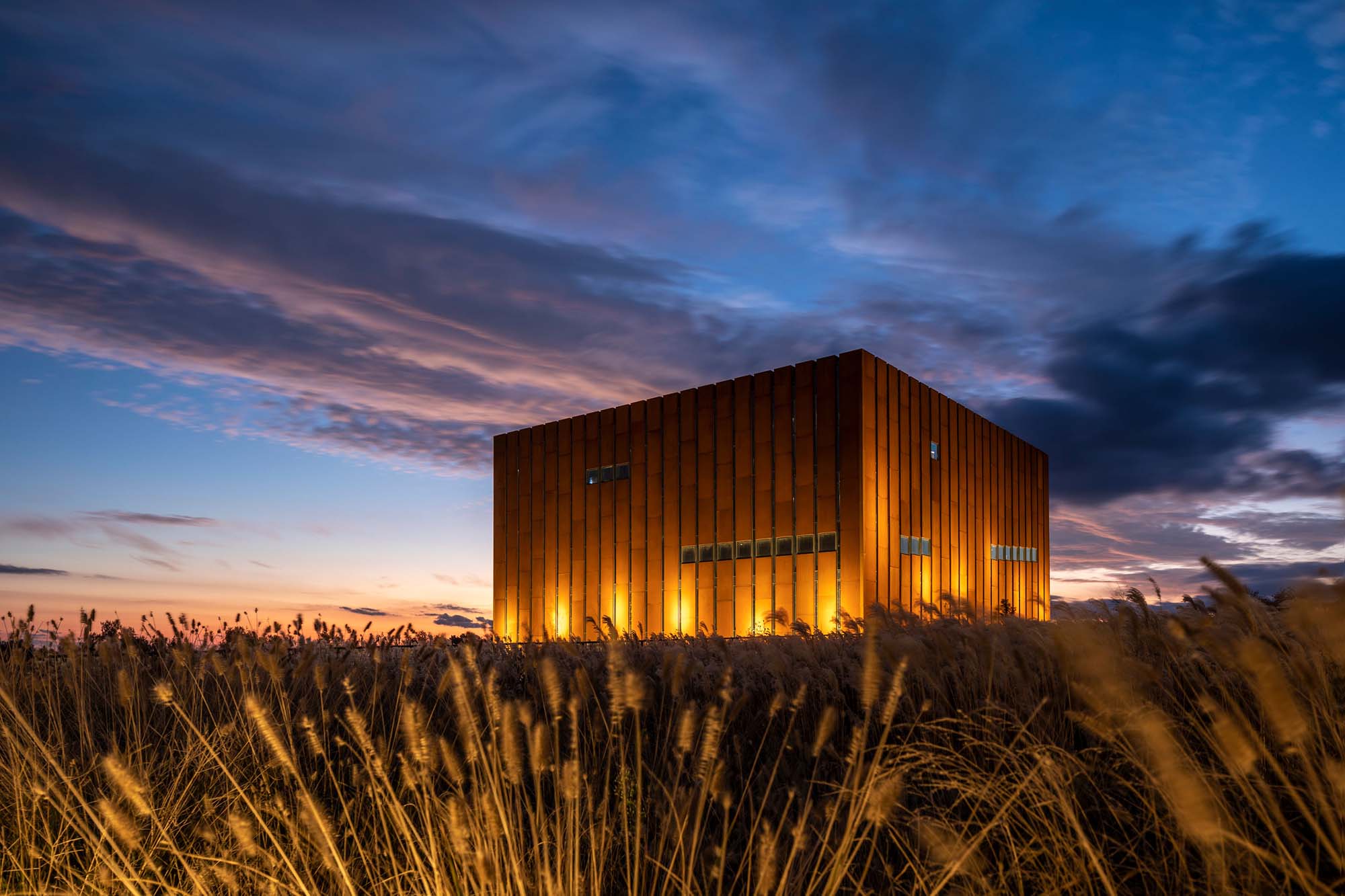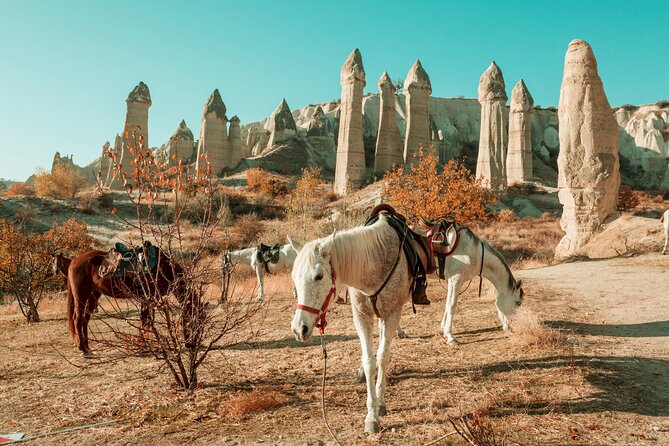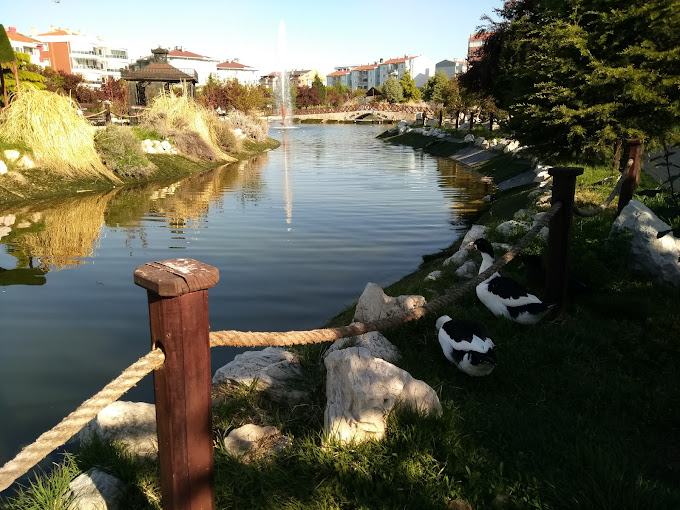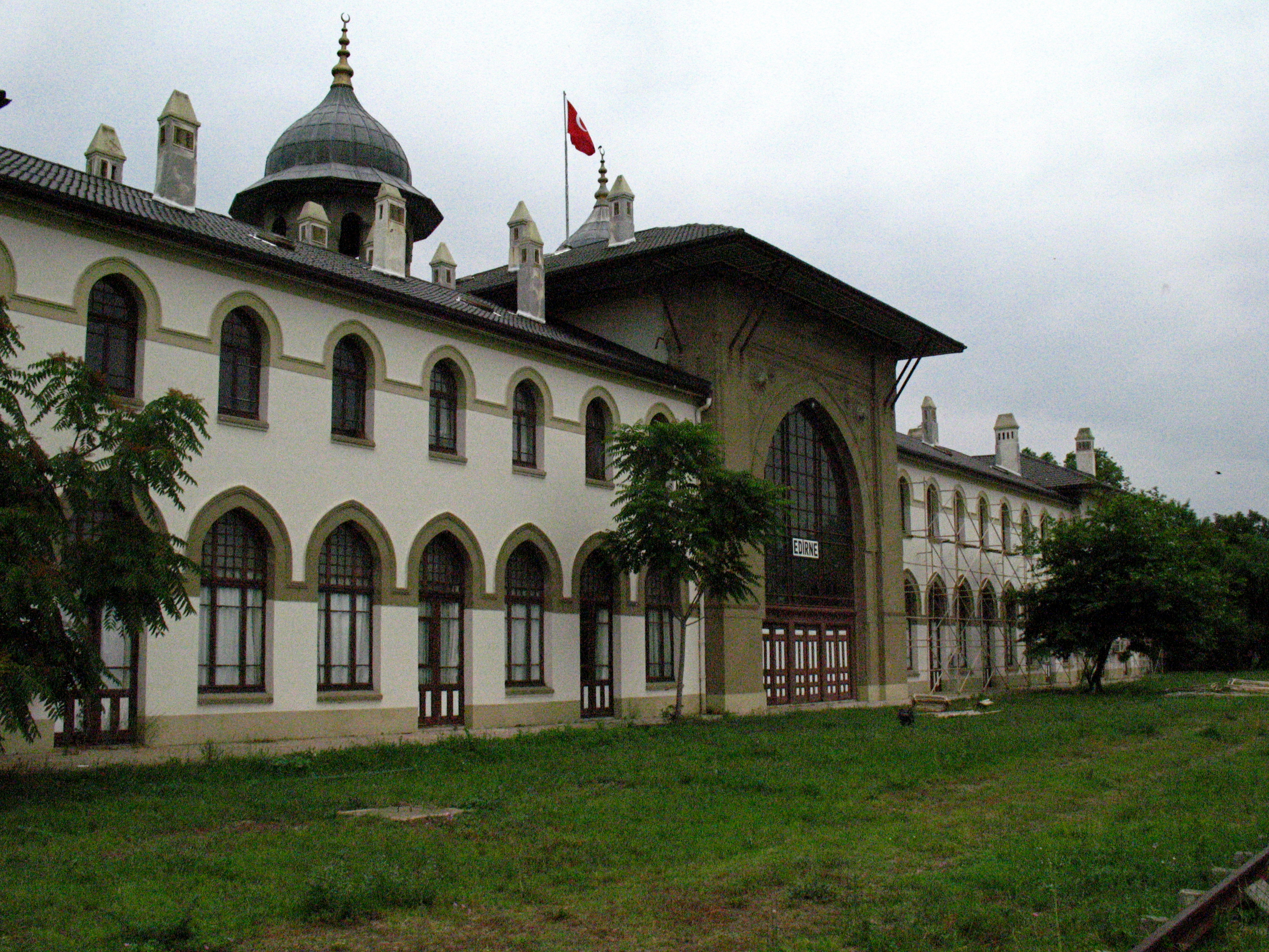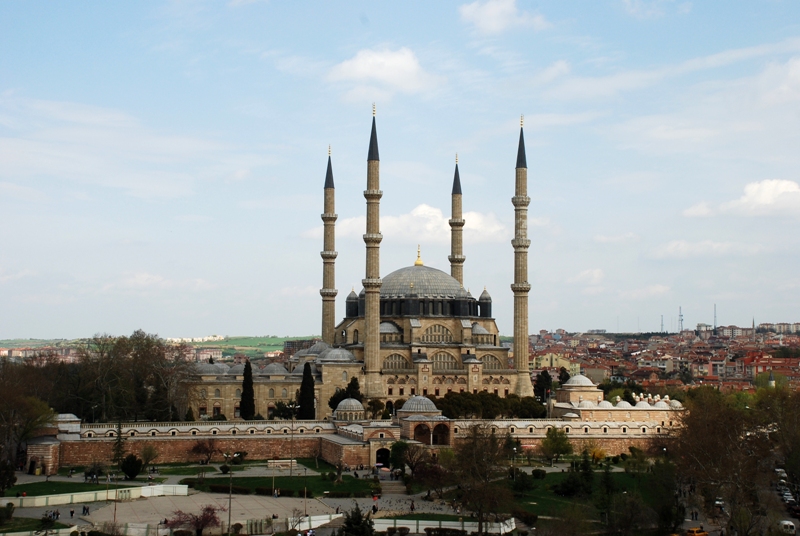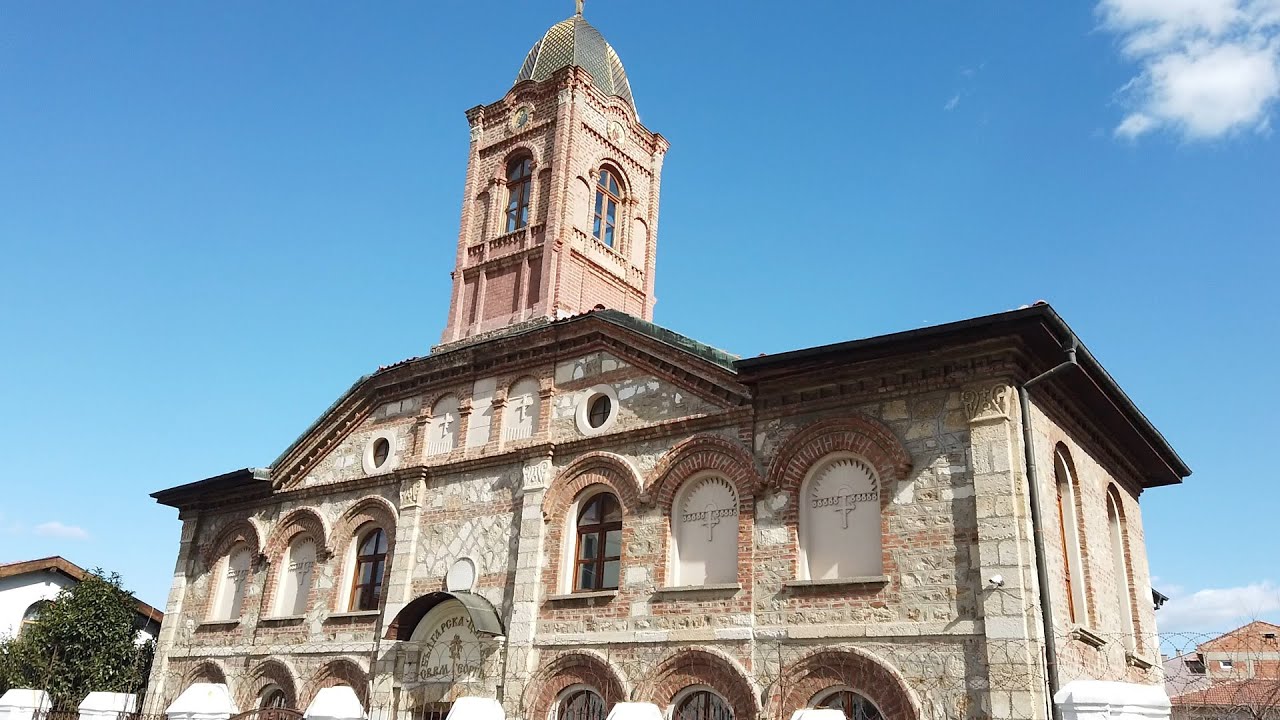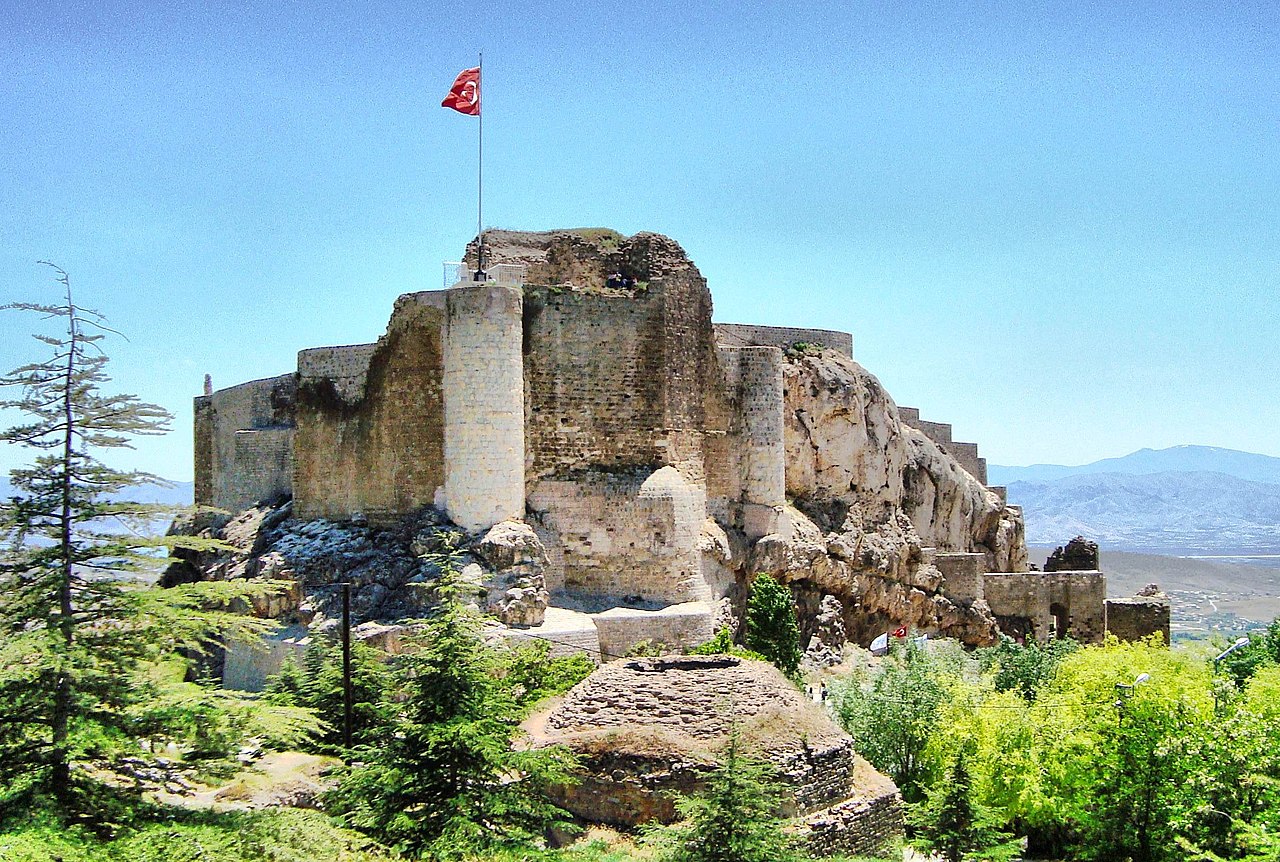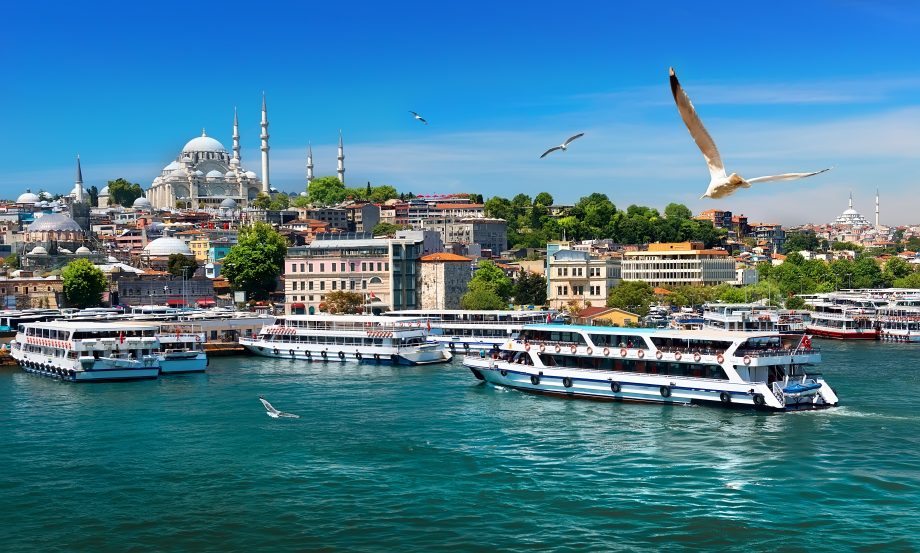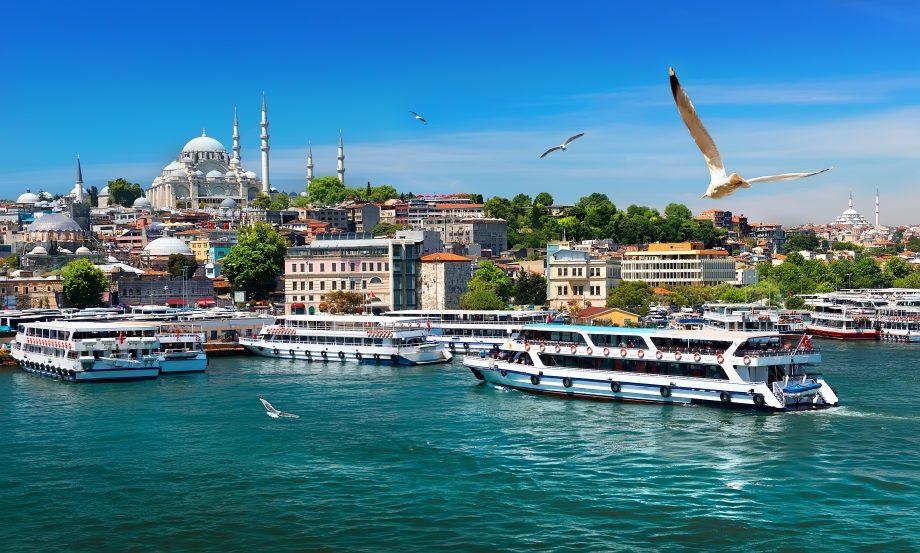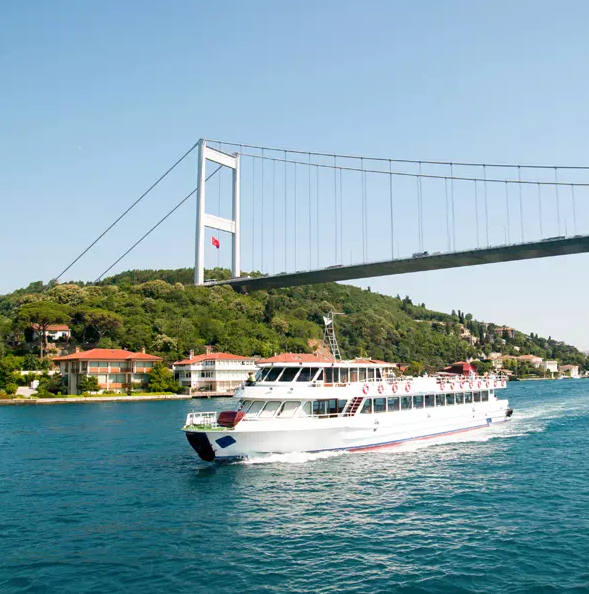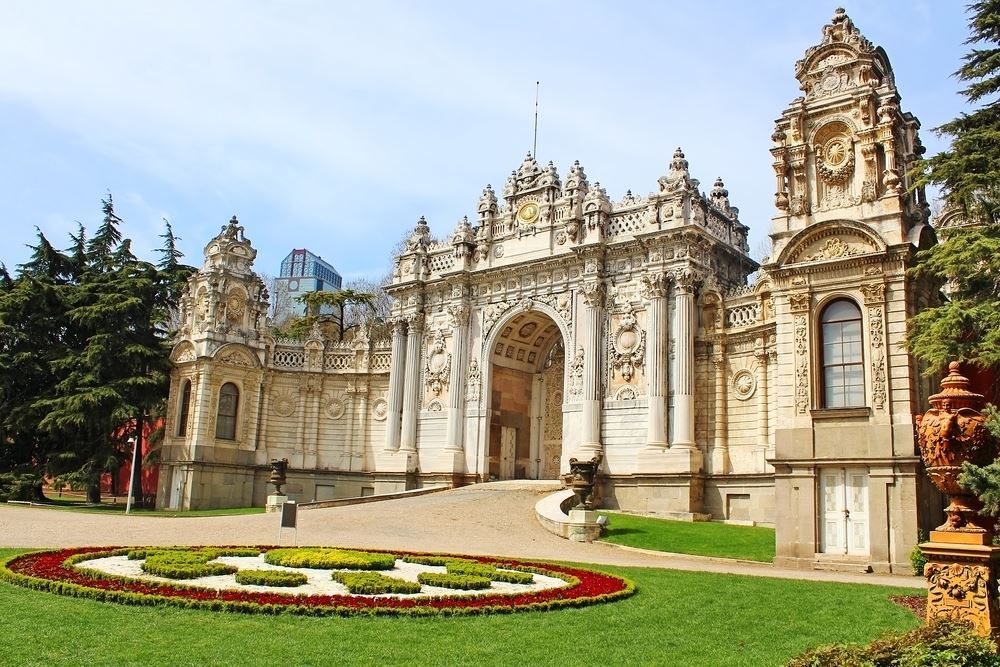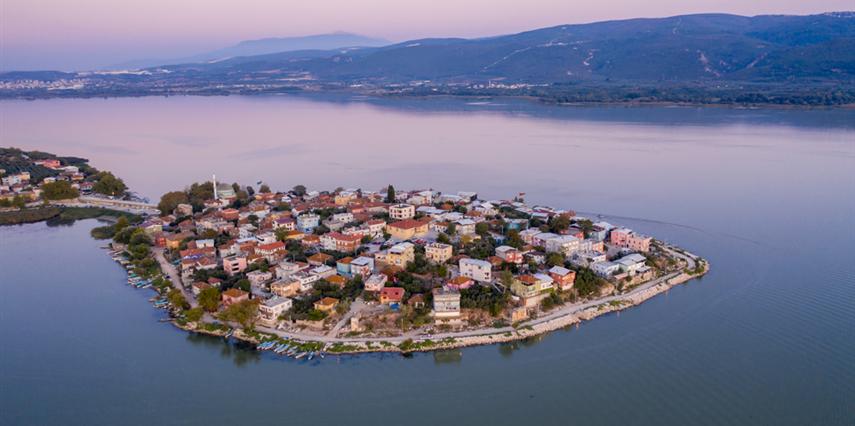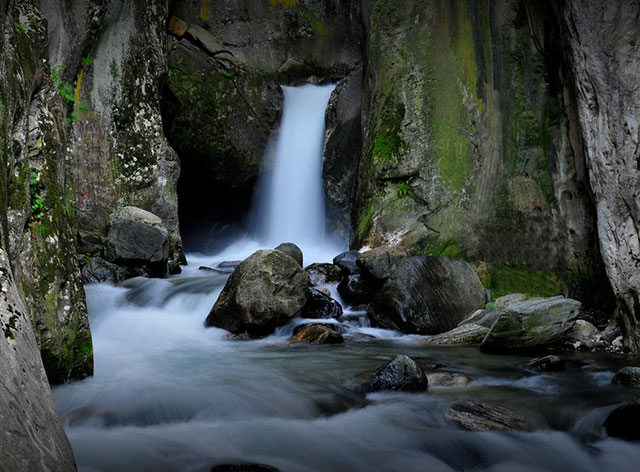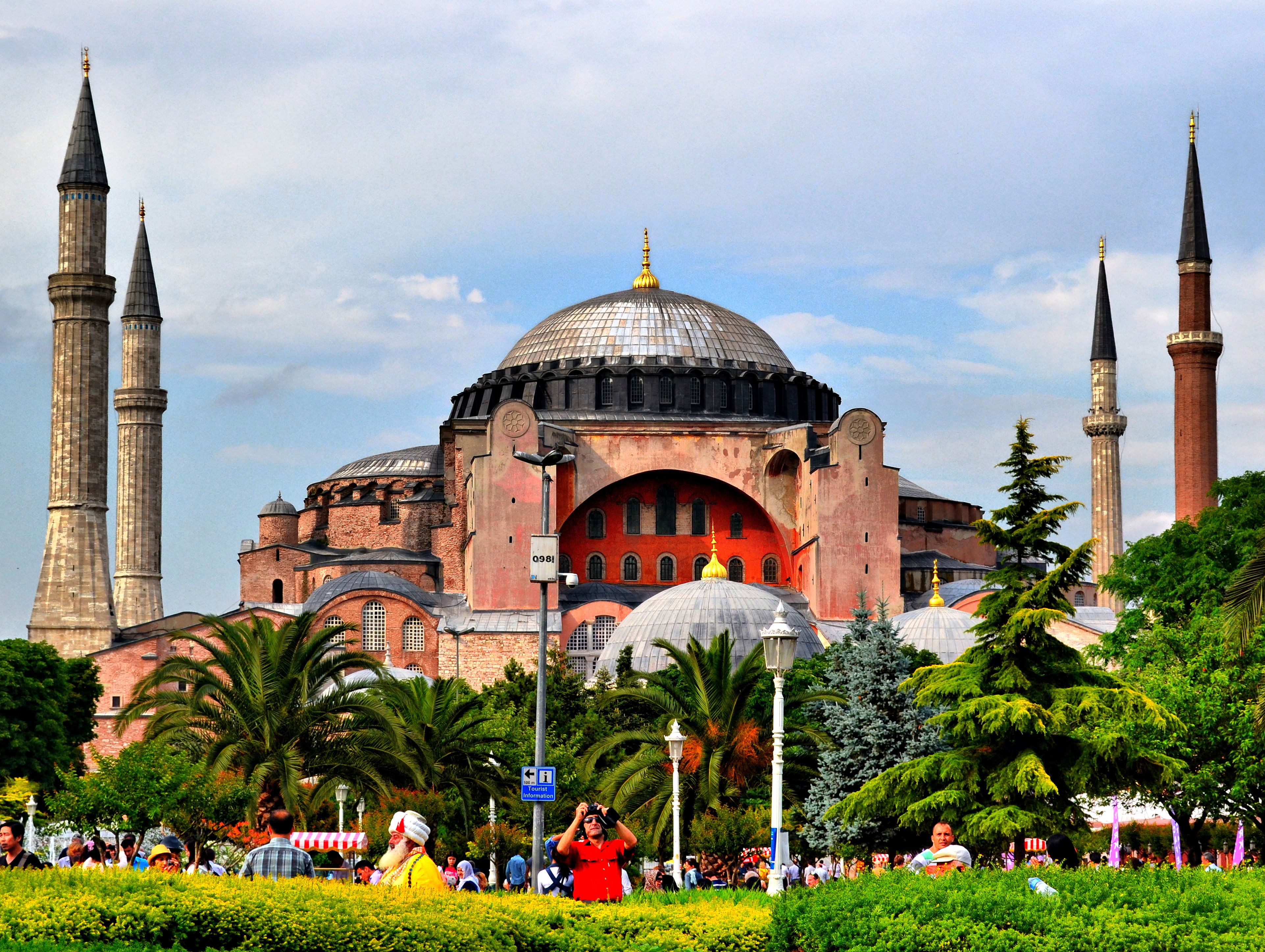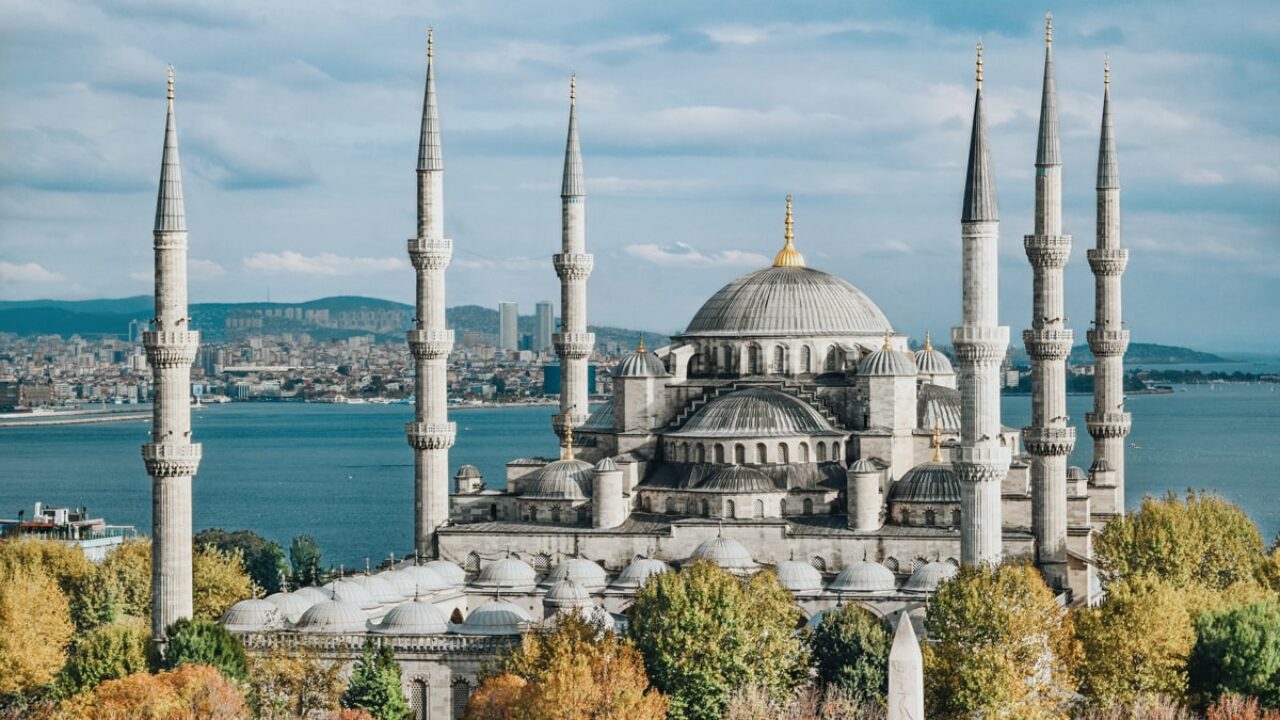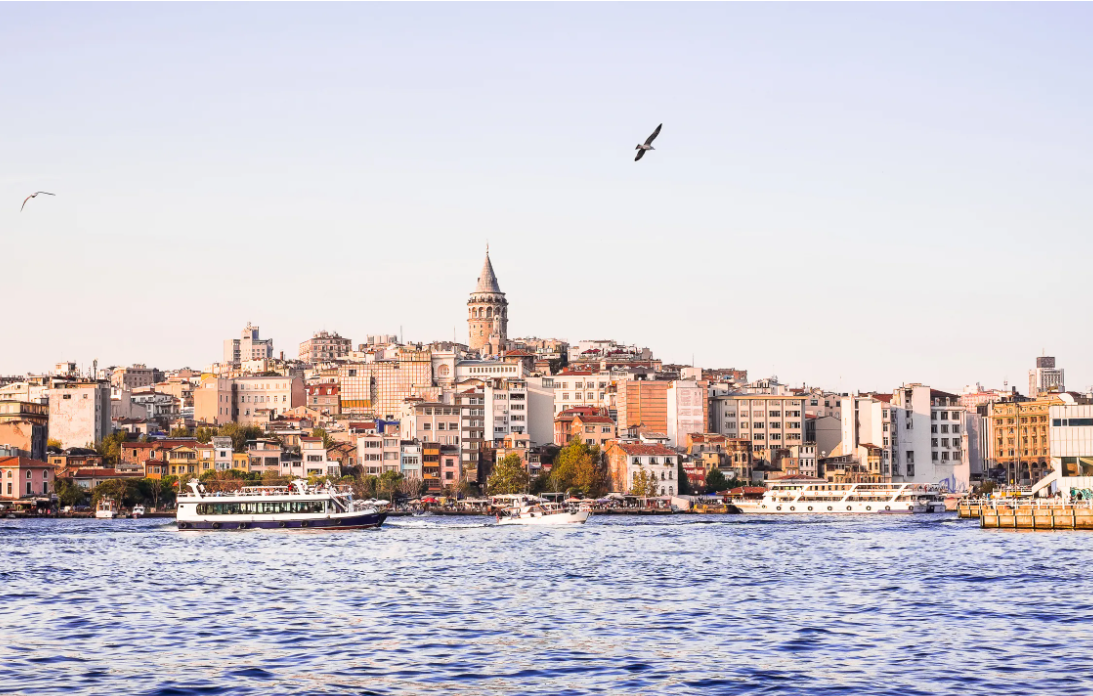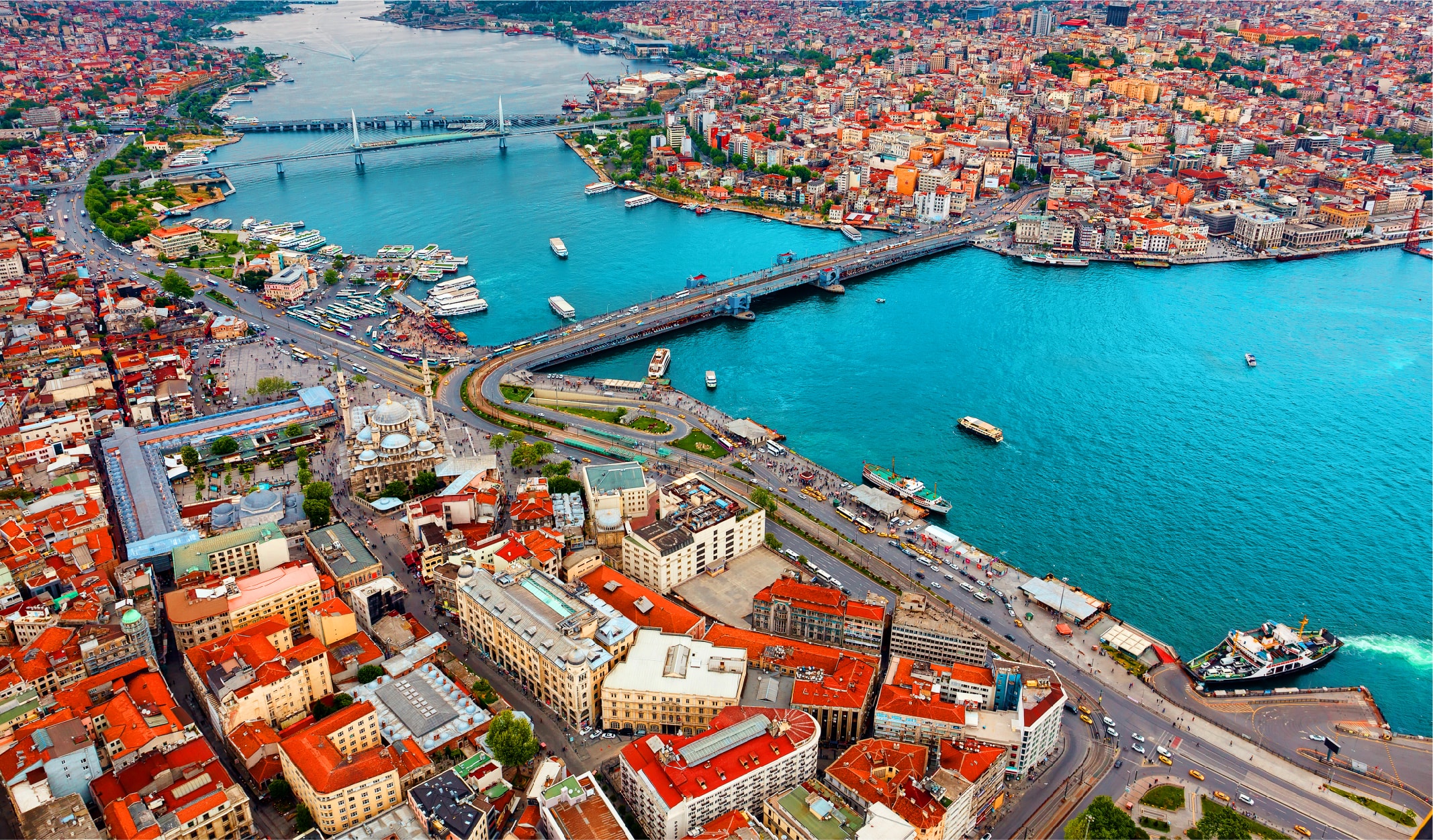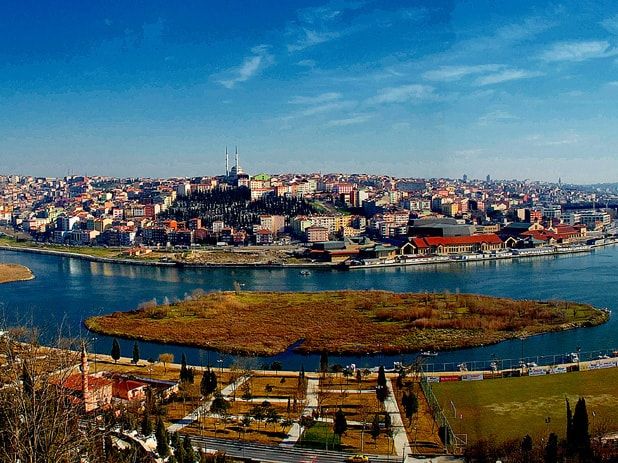Parion Ancient City
PARION
Parion is located within the borders of Çanakkale Province, Biga District, Kemer Village.
Parion, which is a coastal city on the Sea of Marmara, is considered to be a Troad city, especially considering the data obtained in the necropolis area in the studies carried out since 2005. Ancient Parion is neighbors with important cities such as Lampsacus in the west, Priapos in the east and Skepsis in the south.
Eusebius, Parion's BC. He said that it was founded in 709. There are three opinions regarding the origin of the name Parion. The first of these is that the origin of Parion comes from Paros, the other is derived from Parius, son of Erythrail immigrant Iason and Demetria, and the last is that the name originates from the Trojan prince Paris and means the city of Paris.
Parion BC He became a member of the League of Delos in 478-477. B.C. Parion sided with the Athenians in the Peloponnesian Wars that broke out between the Athenians and Spartans in 431-404. Kent BC After the King's Peace in 387, it came under Persian rule again. Alexander the Great BC With the defeat of the Persians in the Battle of Granikos in 334 BC, a new era began in Anatolia. B.C. After the Apameia Peace made in 188, Troas, which was left by the Romans to the Pergamon Kingdom, was conquered by King III in 133 BC. With the death of Antiochus, it was left to the Romans again.
Being aware of the importance of the city, Rome declared Parion as a colony city twice, once during the Julius Caesar or Augustus Period and the second during the Hadrian's Period.
It is estimated that there was an acceleration in architectural activities after the city's status for the second time during the Hadrian's Period. Especially one of the most striking structures of the city and M.S. The architectural decorations and reliefs of the theater dated to the second half of the 2nd century also confirm this. M.S. Parion, a city with Christian communities since the 2nd century, did not lose its importance in the Byzantine Period and was an important episcopacy center, where the priests named Eustathis (312 - 330 AD) Hesychius (431) and Thalassius (451) were named Parion. evident from his work.
I.Akşit conducted a survey in the 1970s on behalf of the Çanakkale Museum in Parion, which Herodotus and Xenophon and later Strabo mentioned for the first time. After these studies, Prof. Dr. Cevat BAŞARAN conducted surveys and the first scientific excavations started in the Southern necropolis of the city since 2005. In the following years, work continued on the Roman Theatre, Roman Bath, Slope Gate, Odeion, Hellenistic Tower and Sounding Structure.
Since 2008, with the sponsorship of İÇDAŞ, Atatürk University Archeology Department faculty member Prof. Dr. Cevat Başaran, in addition to the excavations carried out in six different parts of the ancient city, many building remains were unearthed thanks to the soundings opened in different parts of the city.
PARION ARTHEMIA
In the odeion, which is one of the most important structures of the city, which is one of the excavated areas in Parion, a marble statue was unearthed in pieces during the works in 2012. According to the first findings, M.S. 2nd century; It is believed that the statue of a dressed woman, some parts of which is missing, belongs to the Goddess Artemis, due to the bow in her left hand and the arrow tucked under the middle finger of her left hand, the dog-hound standing on the log standing on her left side, and the deer-gazelle head in front of her and possibly the quiver on her back. is estimated.
The statue is approximately 1.70 m. Considering the upper body parts made of high quality white marble, which were probably destroyed in the fire, it turns out that there is an original composition in the group, which has no close analogues among the Goddess Artemis statues uncovered until today. Due to the possibility of finding other parts of the statue, the protected statue will be exhibited in its entirety after the restoration.
PARION KENTAUROS-TRITON
The structure, which was understood to be a theater thanks to the depression in the east of the acropolis during the Parion city survey, started to be excavated for the first time in 2006.
In addition to many architectural elements unearthed in the theater, during the 2012 excavation season, Kentauros-Triton? His statue was found. The theater was moved to the part that can be called actor rooms in the stage building, together with other blocks. 130 cm. The head part of the height statue was found broken and repaired. The lower part of the statue, whose arms are broken, is also missing. It is thought that this unique statue was placed in the corners of the pediment of the building. Sculpture It is dated to the 2nd century.





